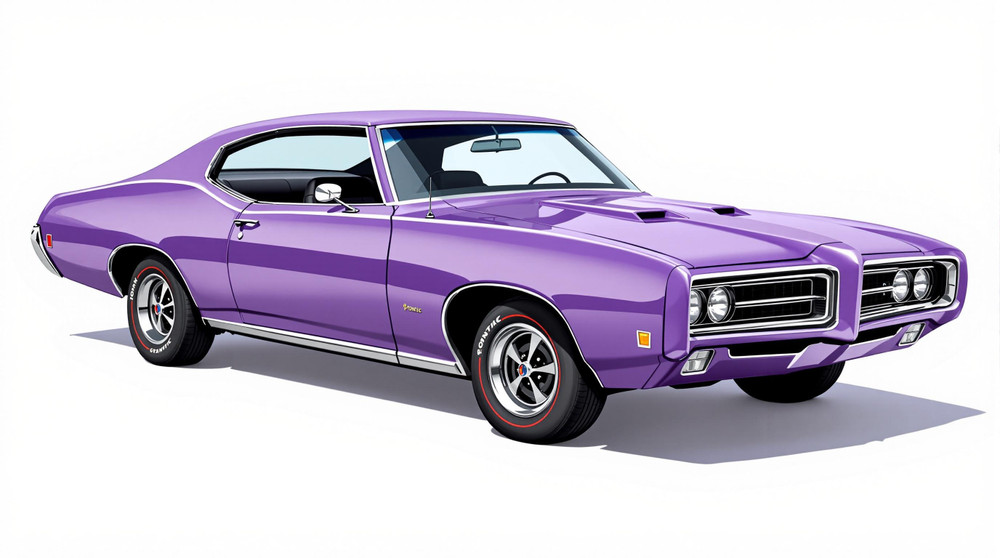Image of 1969 Pontiac Grand Prix, Note: These illustrations use artistic license and may differ from actual historical models.
Performance Metrics
Fundamental Metrics
Emotional Appeal
MMP Rating
| Engine Specifications | |
|---|---|
| Engine Options: | 400 cu in (6.6 L) V8, 428 cu in (7.0 L) V8 |
| Displacement Range: | 400-428 cu in |
| Horsepower Range: | 350-390 hp |
| Torque: | 472-500 lb-ft |
| Compression Ratio: | 10.5:1 |
| Ignition System: | Electronic |
| Cooling System: | Liquid-cooled |
| Performance Specifications | |
| 0-60 Time: | 7.5 seconds |
| 1/4 Mile Time: | 15.5 seconds |
| Top Speed: | 130 mph |
| Transmission and Drive | |
| Drive Type: | Rear-wheel drive |
| Transmission Type: | 3-speed automatic, 4-speed manual |
| Fuel and Efficiency | |
| Fuel System Type: | Carburetor |
| MPG: | 10-12 mpg |
| Dimensions and Brakes | |
| Brakes: | Front disc, rear drum |
| Wheelbase: | 118 in |
| Weight: | 3,900 lbs |
Note: Specifications for classic cars are given to the best of our ability, considering the limited and variant data available.
Unveiling the 1969 Pontiac Grand Prix: A Pinnacle of American Muscle
The 1969 Pontiac Grand Prix wasn't just a car; it was a statement on wheels. Born from the ambitious vision of John Z. DeLorean, then Pontiac's general manager, this vehicle redefined personal luxury with a muscle car twist. As the automotive world was shifting gears towards performance-oriented designs, the Grand Prix stood out with its unique blend of style, power, and comfort. Notably, it was during this era that the Grand Prix transitioned onto its own distinct platform, setting a new precedent for personal luxury coupes.
Design and Innovation
The exterior of the '69 Grand Prix boasted long lines and a pronounced front grille that seemed to command respect on the road. Its body was a sculptural masterpiece, with a pointed nose and a cockpit-like cabin that hinted at its performance pedigree. Inside, drivers were greeted with an array of luxurious touches—wood grain details, plush seating, and an instrument panel that wrapped around the driver for an intimate driving experience. The quality of materials used in the cabin underscored Pontiac's commitment to luxury.
Technologically, it featured innovations like concealed windshield wipers and an optional hood-mounted tachometer. Color options ranged from the subtle to the vibrant, with shades like "Starlight Black" and "Carousel Red" catching buyers' eyes. Among these, "Verdoro Green" emerged as a popular choice for its distinctive look. The most iconic body style was undoubtedly the Model J, which offered a perfect balance of luxury and performance.
Historical Significance
The '69 Grand Prix's impact on automotive design was profound. It introduced the G-body platform, which would later be used by other GM models, showcasing how one model could influence an entire generation of vehicles. This car also set itself apart with its near-perfect weight distribution and refined handling—a stark contrast to many muscle cars of its time known primarily for straight-line speed.
Performance and Handling
Underneath its hood lay the heart of this beast: a standard 400 cubic inch V8 engine that could propel it from 0-60 mph in under 8 seconds—a remarkable feat at the time. For those craving more power, there was an optional 428 cubic inch V8 that further enhanced its performance credentials. The Grand Prix handled bumps with grace thanks to its tuned suspension while maintaining poise on windy roads. Drivers often speak of the visceral experience—the rumble of the engine and the responsive steering that connected them directly to the asphalt.
Ownership Experience
The 1969 Grand Prix found its niche among those who wanted more than just raw speed or opulent comfort—they sought both. It served as a daily driver for some and as a weekend showpiece for others. Its reliability was commendable for its era, though current owners should expect typical maintenance associated with classic cars. Parts are generally available due to shared components with other GM models of that period.
Fun Facts
A piece of trivia that adds to the allure of this model is its special edition—the SJ trim level—that included a more powerful engine and performance upgrades. While not owned by celebrities in droves like some contemporaries, it held its own in terms of prestige. Criticisms at the time focused on its size and fuel consumption—common points of contention during an era when efficiency began gaining attention.
Collector's Information
Today, collectors cherish the 1969 Pontiac Grand Prix for its rarity and design significance. While production numbers were not as low as some limited-run models (with over 112,000 units produced), finding one in pristine condition can be challenging. Values range widely based on condition but can fetch anywhere from $15,000 to over $50,000 for well-maintained or restored examples. The market trend shows appreciation for this model as enthusiasts recognize its place in automotive history.
Conclusion
The 1969 Pontiac Grand Prix stands as a testament to American ingenuity during an era when cars were more than mere transportation; they were symbols of identity and ambition. With its blend of muscle and luxury, it carved out a niche that resonates with collectors and enthusiasts alike even today—truly a grand piece of Pontiac's storied legacy.
1969 Pontiac Grand Prix Catalog of Parts
 1969 Pontiac Grand Prix Shock Absorber Grommet. 1" bottom O.D., 3/4" high-BN 1Shock Absorber Grommet. 1" bottom O.D., 3/4" high., with 7/16" I.D. Each
1969 Pontiac Grand Prix Shock Absorber Grommet. 1" bottom O.D., 3/4" high-BN 1Shock Absorber Grommet. 1" bottom O.D., 3/4" high., with 7/16" I.D. Each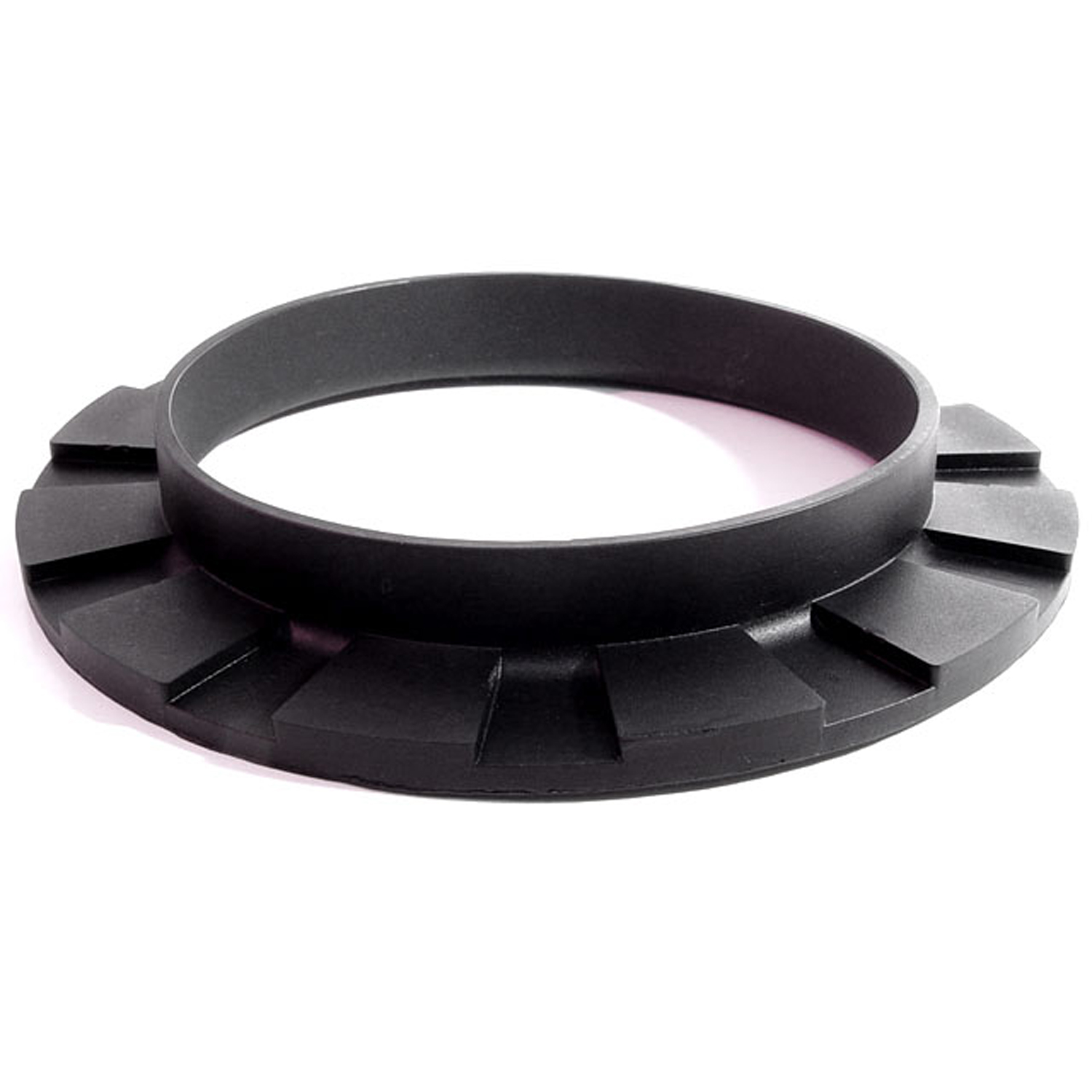 1969 Pontiac Grand Prix Front coil-spring insulator-BN 110Front coil-spring insulator. Fits '41-'60 Oldsmobile and '50-'83 GM passenger models. 5-3/8 in. OD x 3-3/4 in. ID x 3/4 in. high with 13/16 in. wide bottom flange 1/4" thick, 12 flutes. Each.
1969 Pontiac Grand Prix Front coil-spring insulator-BN 110Front coil-spring insulator. Fits '41-'60 Oldsmobile and '50-'83 GM passenger models. 5-3/8 in. OD x 3-3/4 in. ID x 3/4 in. high with 13/16 in. wide bottom flange 1/4" thick, 12 flutes. Each.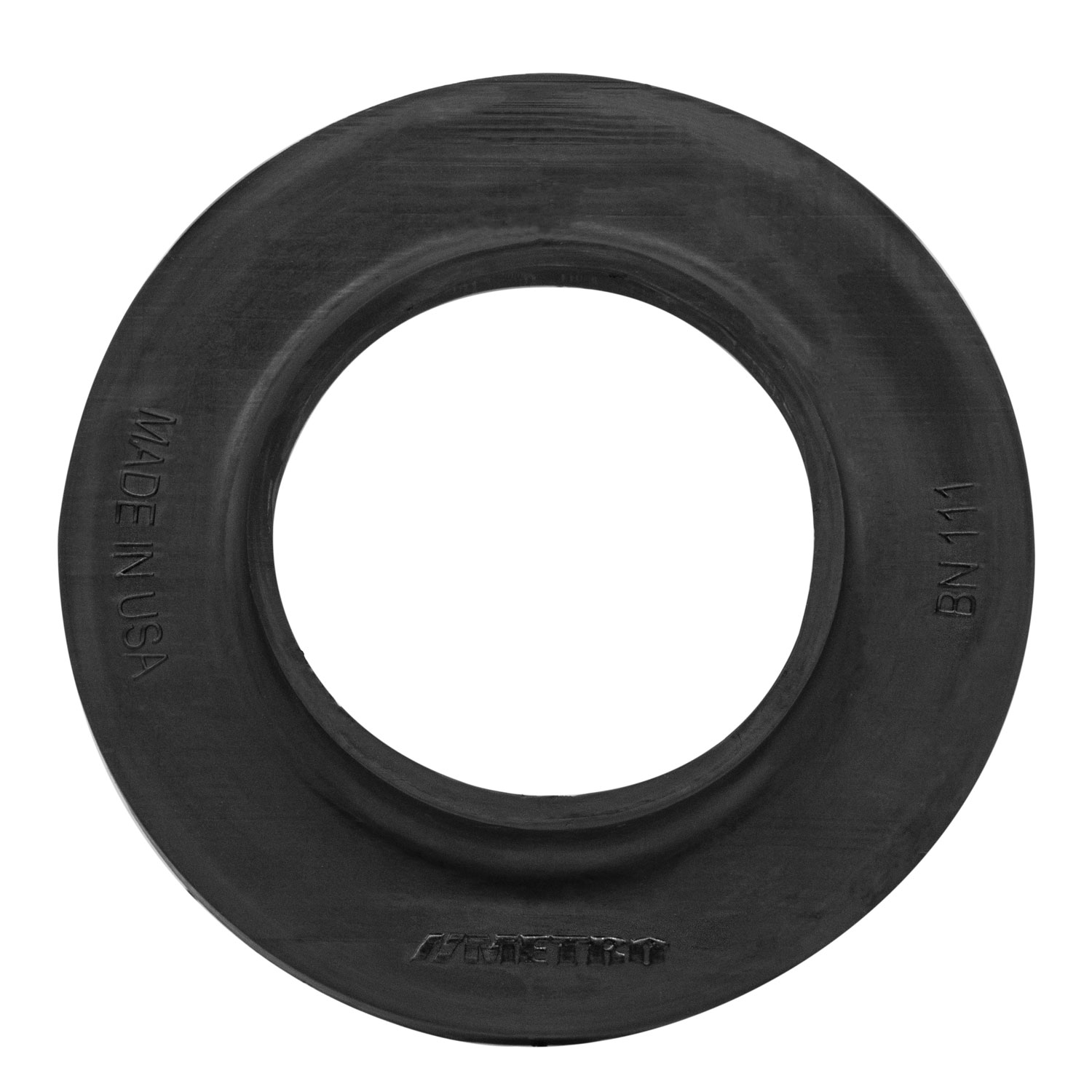 1969 Pontiac Grand Prix Rear coil-spring insulator 1961-72 GM A-Body-BN 111Coil spring insulators are a great way to prevent metal-on-metal contact and noise. Manufactured to OEM specifications for a precise fit, these coil spring insulators are made of rubber and are used between the coil spring and the frame of your ride. 3-3/4 in. OD, 2-1/8 in. ID, 5/8 in. high with 3/16 in. , wide bottom flange 1/4 in. thick.
1969 Pontiac Grand Prix Rear coil-spring insulator 1961-72 GM A-Body-BN 111Coil spring insulators are a great way to prevent metal-on-metal contact and noise. Manufactured to OEM specifications for a precise fit, these coil spring insulators are made of rubber and are used between the coil spring and the frame of your ride. 3-3/4 in. OD, 2-1/8 in. ID, 5/8 in. high with 3/16 in. , wide bottom flange 1/4 in. thick. 1969 Pontiac Grand Prix Front Stabilizer End Repair Kit-BNK 25Front Stabilizer End Repair Kit. 22-piece set for two stabilizer bars. Contains all rubber bushings, washers, bolts and nuts, enough for one front end. Set
1969 Pontiac Grand Prix Front Stabilizer End Repair Kit-BNK 25Front Stabilizer End Repair Kit. 22-piece set for two stabilizer bars. Contains all rubber bushings, washers, bolts and nuts, enough for one front end. Set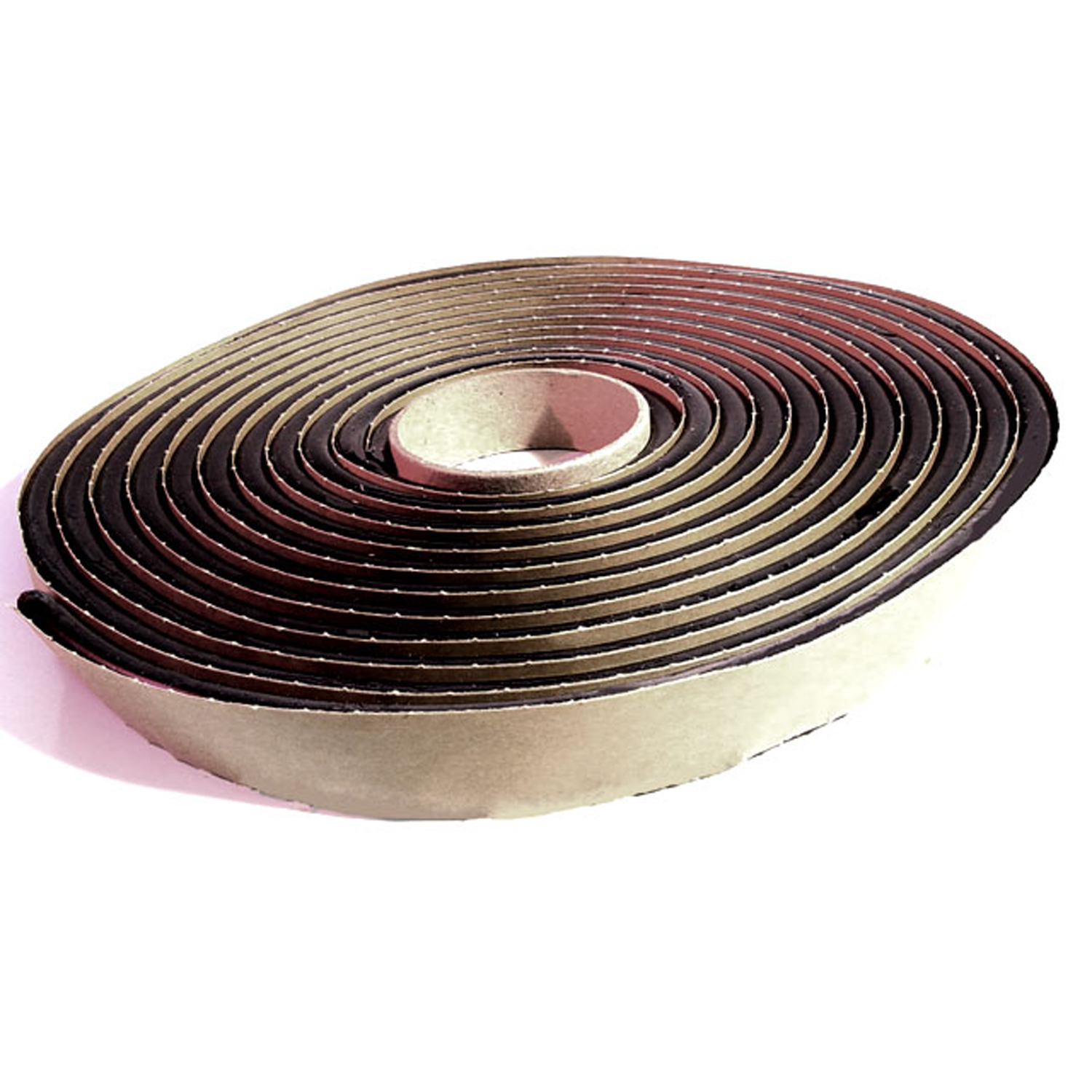 1969 Pontiac Grand Prix Butyl Glass Setting Tape-BT 1Butyl Glass Setting Tape. Used to install windshields and backlights. Superior sealing properties. 5/16" wide X 15' long. Each
1969 Pontiac Grand Prix Butyl Glass Setting Tape-BT 1Butyl Glass Setting Tape. Used to install windshields and backlights. Superior sealing properties. 5/16" wide X 15' long. Each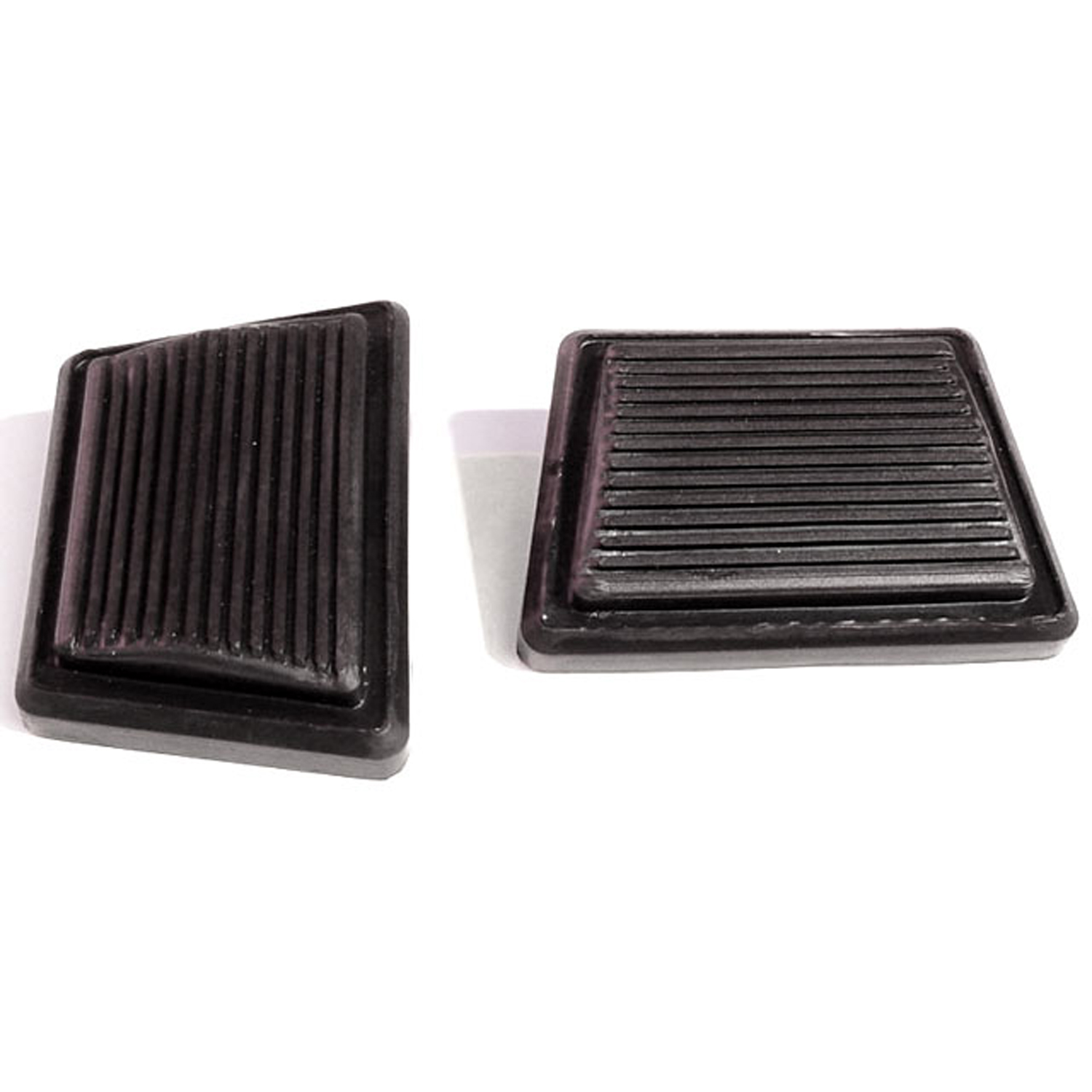 1969 Pontiac Grand Prix Clutch and Brake Pedal Pads. Exact reproduction-CB 99Clutch and Brake Pedal Pads. Exact reproduction. 3-1/2" wide. Pair
1969 Pontiac Grand Prix Clutch and Brake Pedal Pads. Exact reproduction-CB 99Clutch and Brake Pedal Pads. Exact reproduction. 3-1/2" wide. Pair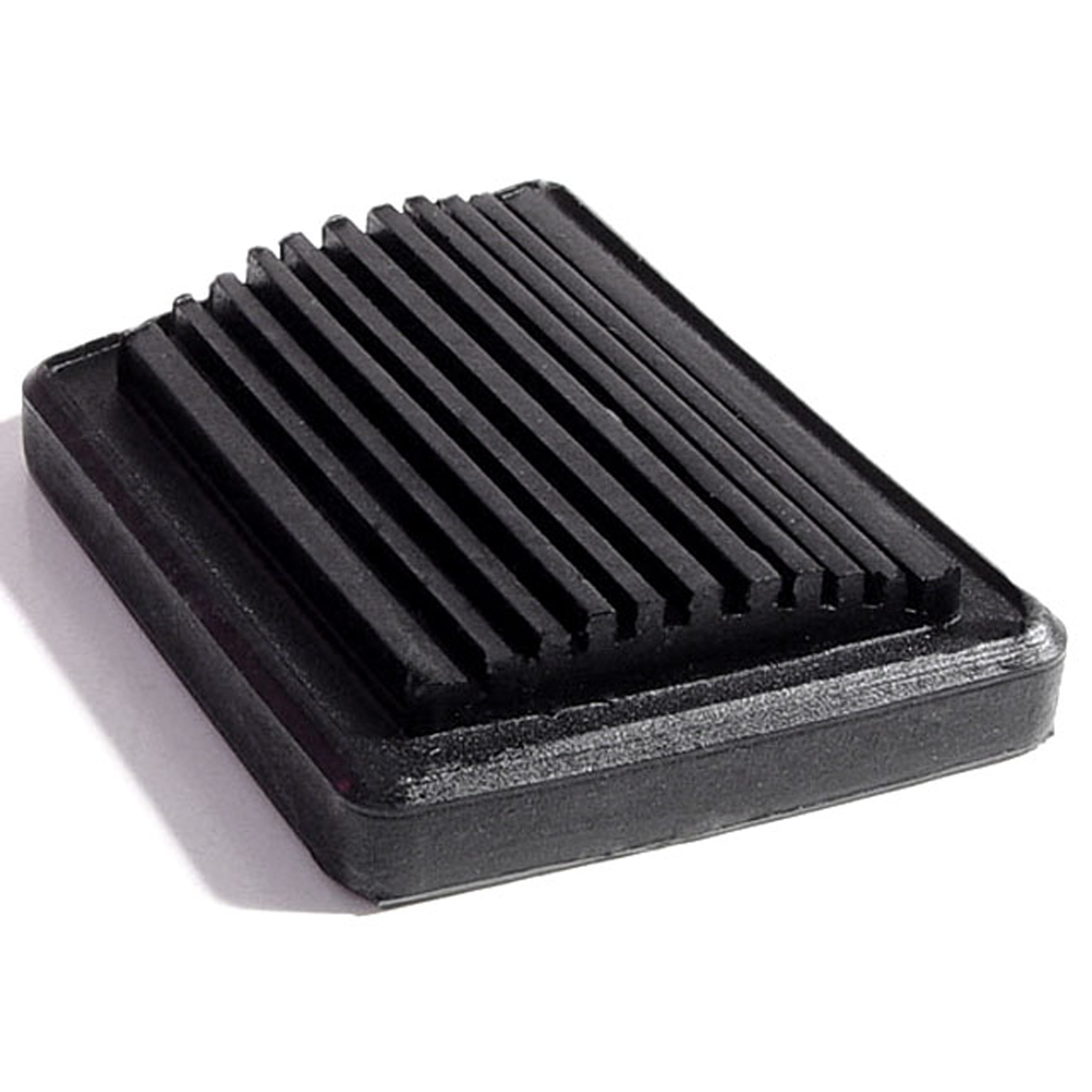 1969 Pontiac Grand Prix Park Brake Pedal Pad. 2-9/16" wide. Each-CB 99-APark Brake Pedal Pad. 2-9/16" wide. Each
1969 Pontiac Grand Prix Park Brake Pedal Pad. 2-9/16" wide. Each-CB 99-APark Brake Pedal Pad. 2-9/16" wide. Each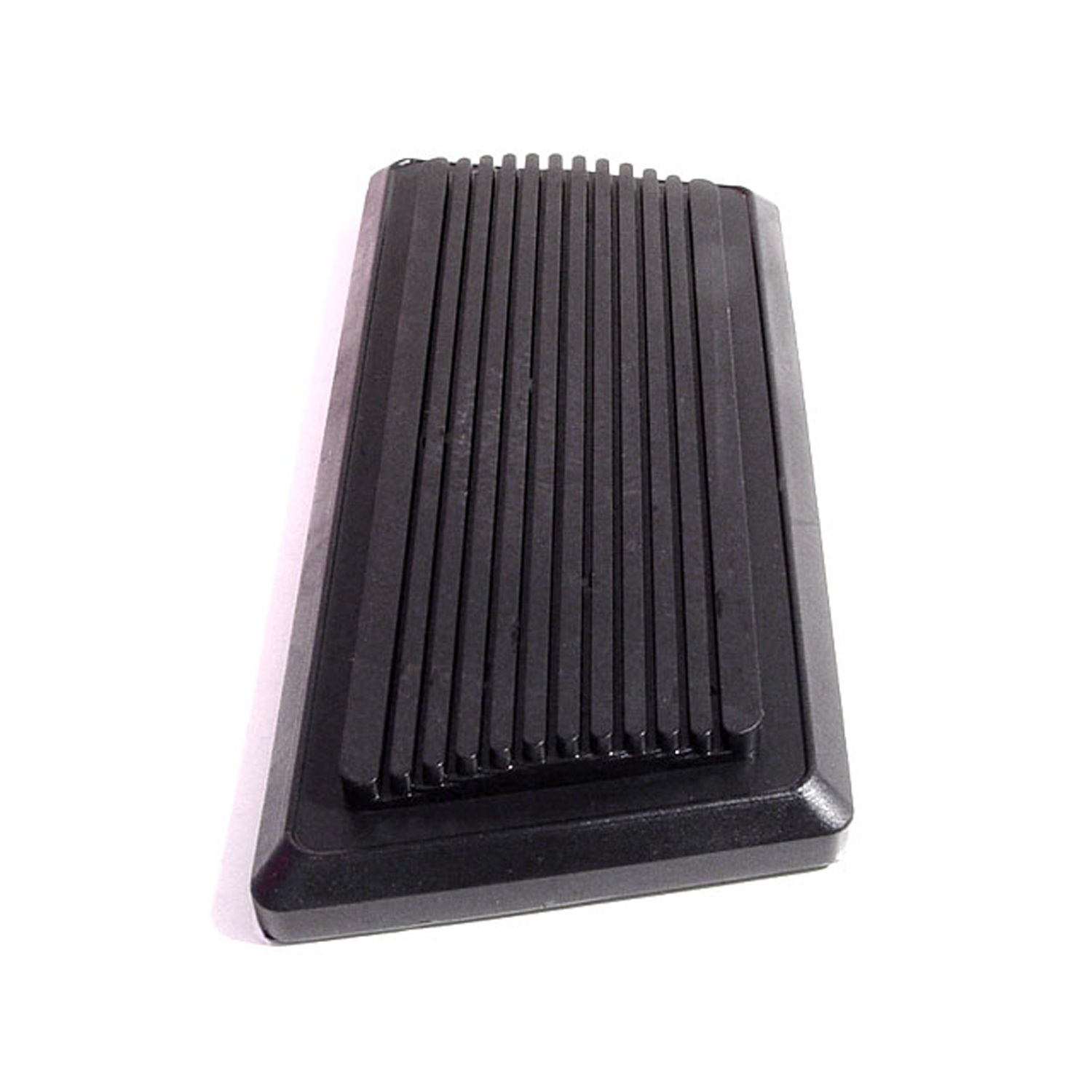 1969 Pontiac Grand Prix Auto Brake Pedal Pad. 5-7/8" wide. Each-CB 99-BAuto Brake Pedal Pad. 5-7/8" wide. Each
1969 Pontiac Grand Prix Auto Brake Pedal Pad. 5-7/8" wide. Each-CB 99-BAuto Brake Pedal Pad. 5-7/8" wide. Each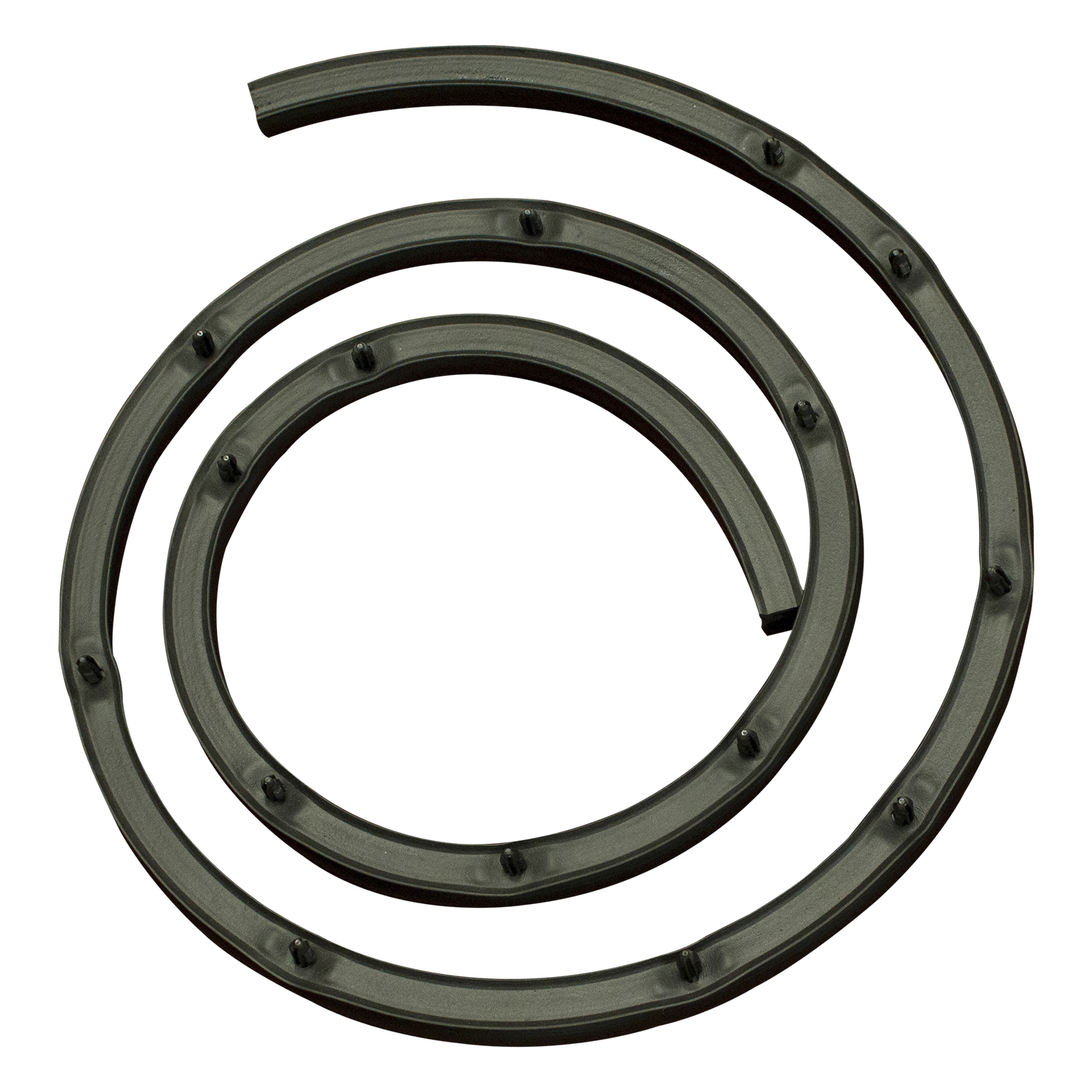 1969 Pontiac Grand Prix Hood to cowl seal. '69-'72 Pontiac Grand Prix-CS 13-PHood to cowl seal. '69-'72 Pontiac Grand Prix. Made of durable EPDM rubber with hardened nylon mounting pins properly positioned for a perfect fit. An American-made part for your American-made collector car. Replaces OEM# 9796564. Each.
1969 Pontiac Grand Prix Hood to cowl seal. '69-'72 Pontiac Grand Prix-CS 13-PHood to cowl seal. '69-'72 Pontiac Grand Prix. Made of durable EPDM rubber with hardened nylon mounting pins properly positioned for a perfect fit. An American-made part for your American-made collector car. Replaces OEM# 9796564. Each.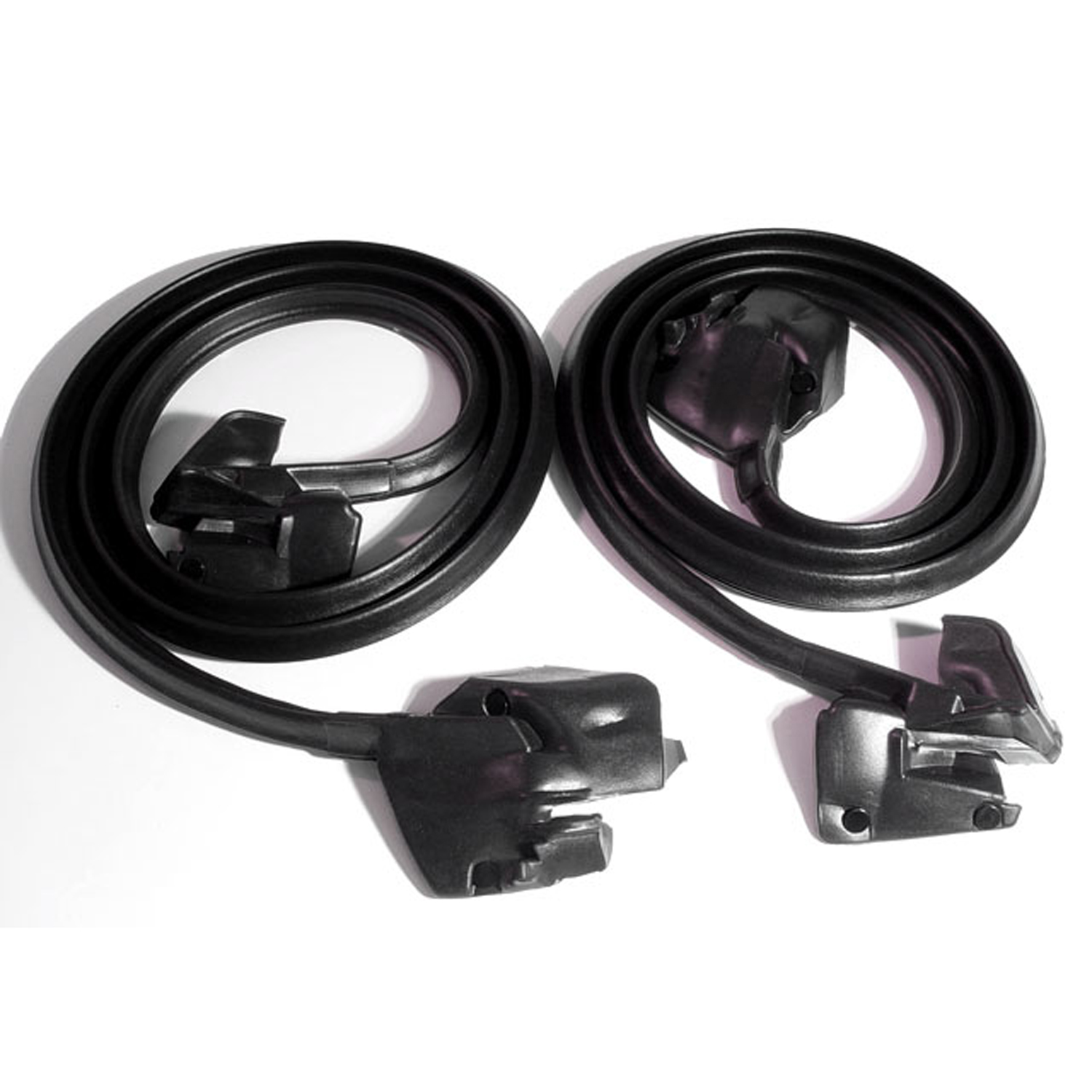 1969 Pontiac Grand Prix Door seal. With properly-spaced clips and molded ends-LM 12-ADoor seal. With properly-spaced clips and molded ends. 2-door hardtops and convertible. Replaces OEM#'s 8781164/5. Pair. R&L.
1969 Pontiac Grand Prix Door seal. With properly-spaced clips and molded ends-LM 12-ADoor seal. With properly-spaced clips and molded ends. 2-door hardtops and convertible. Replaces OEM#'s 8781164/5. Pair. R&L.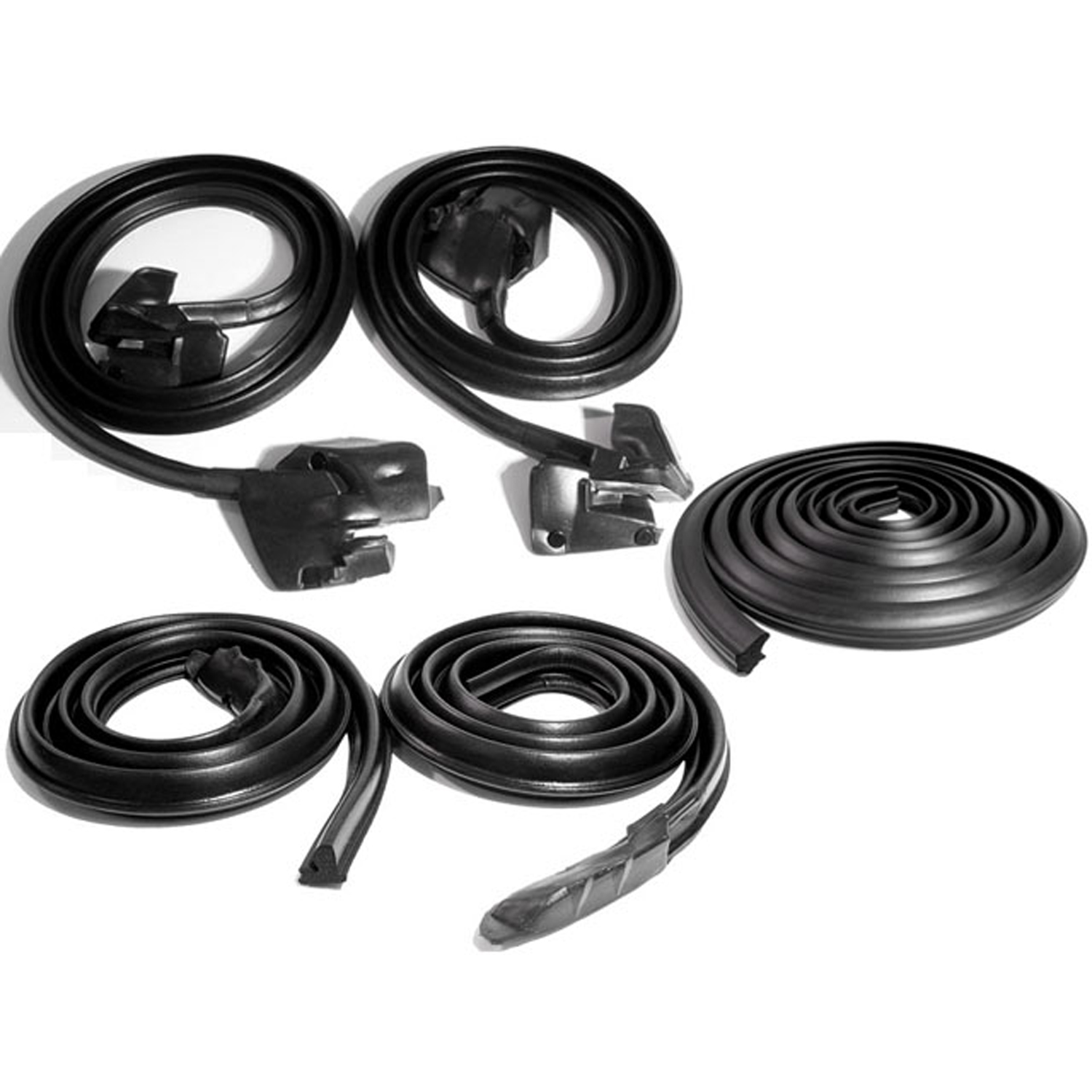 1969 Pontiac Grand Prix Basic Kit, for 2-Door Hardtop-RKB 8105-106Basic Kit, for 2-Door Hardtop. Door (LM 12-A) Roof Rail (RR 5004) Trunk (TK 46-16), Seals.
1969 Pontiac Grand Prix Basic Kit, for 2-Door Hardtop-RKB 8105-106Basic Kit, for 2-Door Hardtop. Door (LM 12-A) Roof Rail (RR 5004) Trunk (TK 46-16), Seals.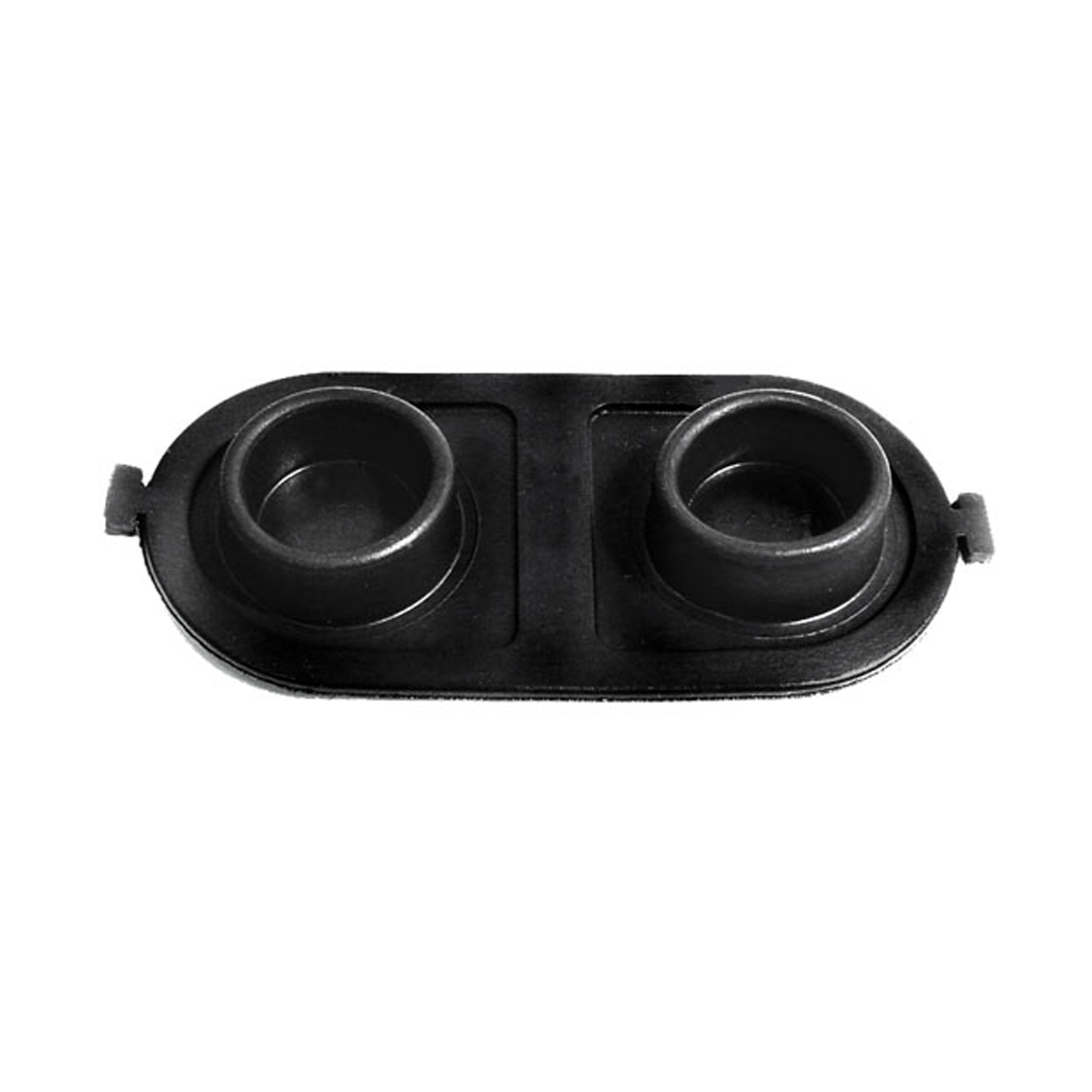 1969 Pontiac Grand Prix Brake Master Cylinder Cover Seal. Replaces OEM #5470861-RP 2-EBrake Master Cylinder Cover Seal. Replaces OEM #5470861. 5" X 2-1/2". Each
1969 Pontiac Grand Prix Brake Master Cylinder Cover Seal. Replaces OEM #5470861-RP 2-EBrake Master Cylinder Cover Seal. Replaces OEM #5470861. 5" X 2-1/2". Each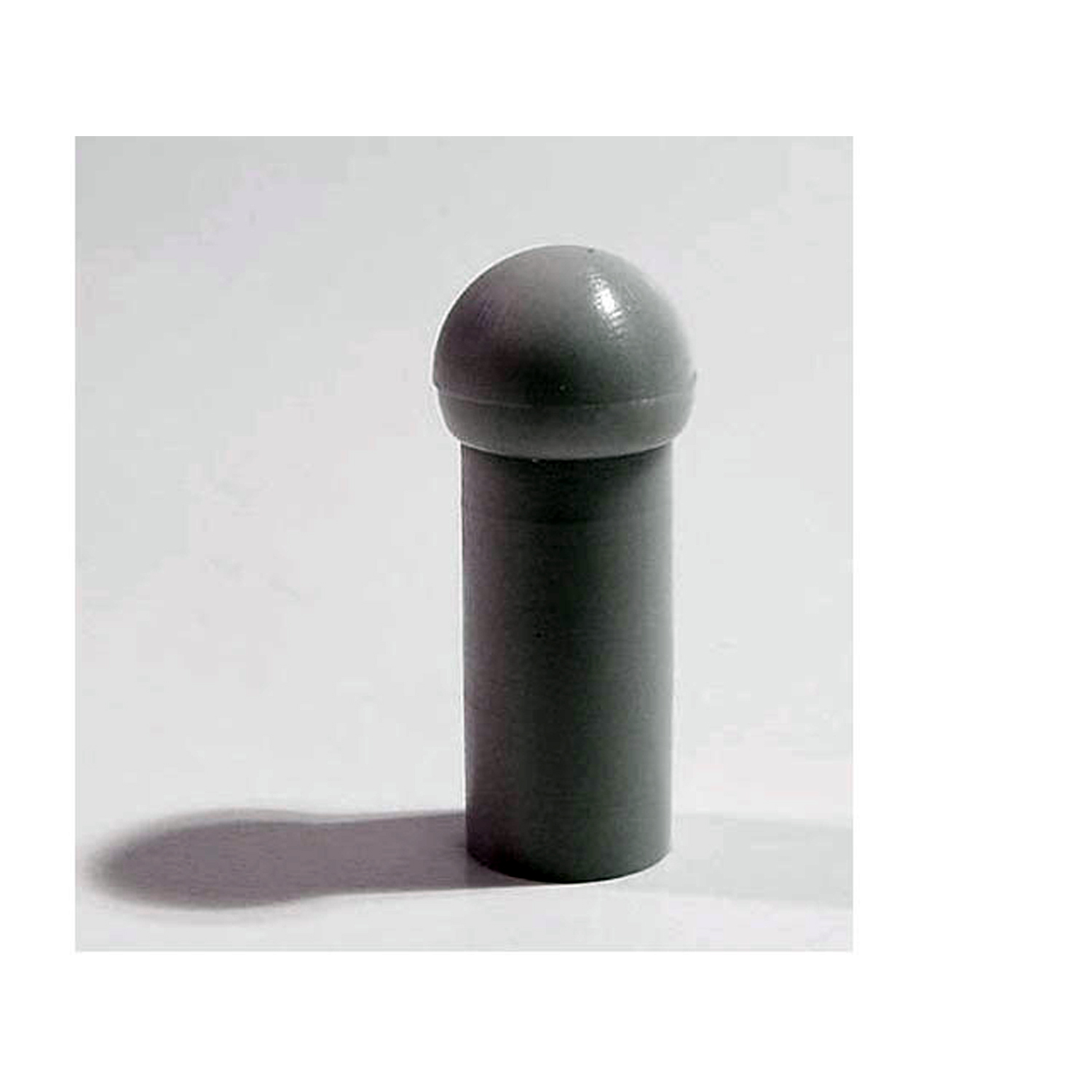 1969 Pontiac Grand Prix Sun Visor Rod Rubber Grommet. 3/4" long. Gray. Each-RP 303-CSun Visor Rod Rubber Grommet. 3/4" long. Gray. Each
1969 Pontiac Grand Prix Sun Visor Rod Rubber Grommet. 3/4" long. Gray. Each-RP 303-CSun Visor Rod Rubber Grommet. 3/4" long. Gray. Each 1969 Pontiac Grand Prix Molded Roof Rail Seals for 2-Door Hardtop. Pair R&L-RR 5004Molded Roof Rail Seals for 2-Door Hardtop. Pair R&L
1969 Pontiac Grand Prix Molded Roof Rail Seals for 2-Door Hardtop. Pair R&L-RR 5004Molded Roof Rail Seals for 2-Door Hardtop. Pair R&L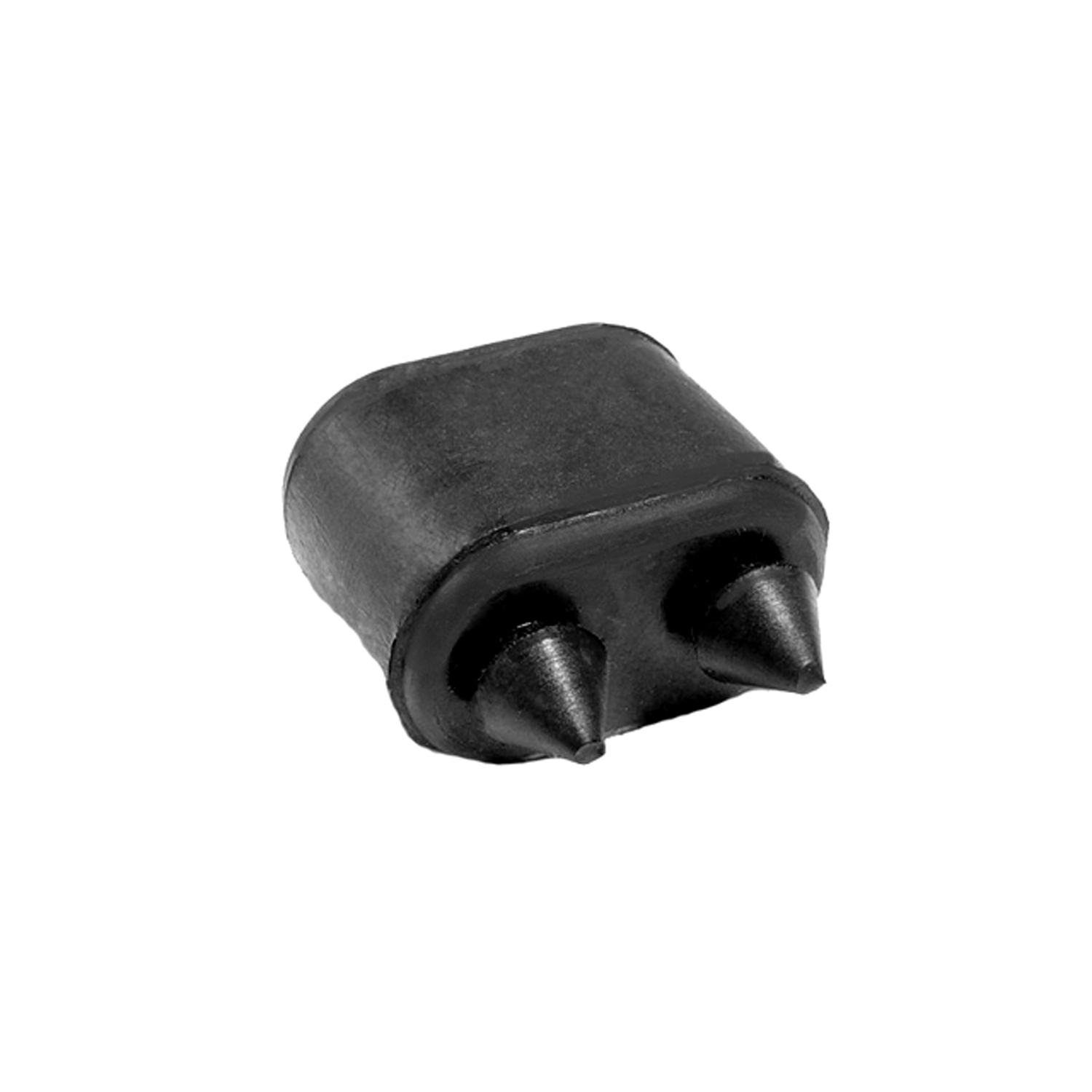 1969 Pontiac Grand Prix Door Bumper, 57-74 GM Cars, Made with Twin Retainers, Each-SB 35Door Bumper, 57-74 GM Cars, made with twin retainers, Each. Measure 1-1/16" high X 19/32" wide X 1-1/32" long.
1969 Pontiac Grand Prix Door Bumper, 57-74 GM Cars, Made with Twin Retainers, Each-SB 35Door Bumper, 57-74 GM Cars, made with twin retainers, Each. Measure 1-1/16" high X 19/32" wide X 1-1/32" long.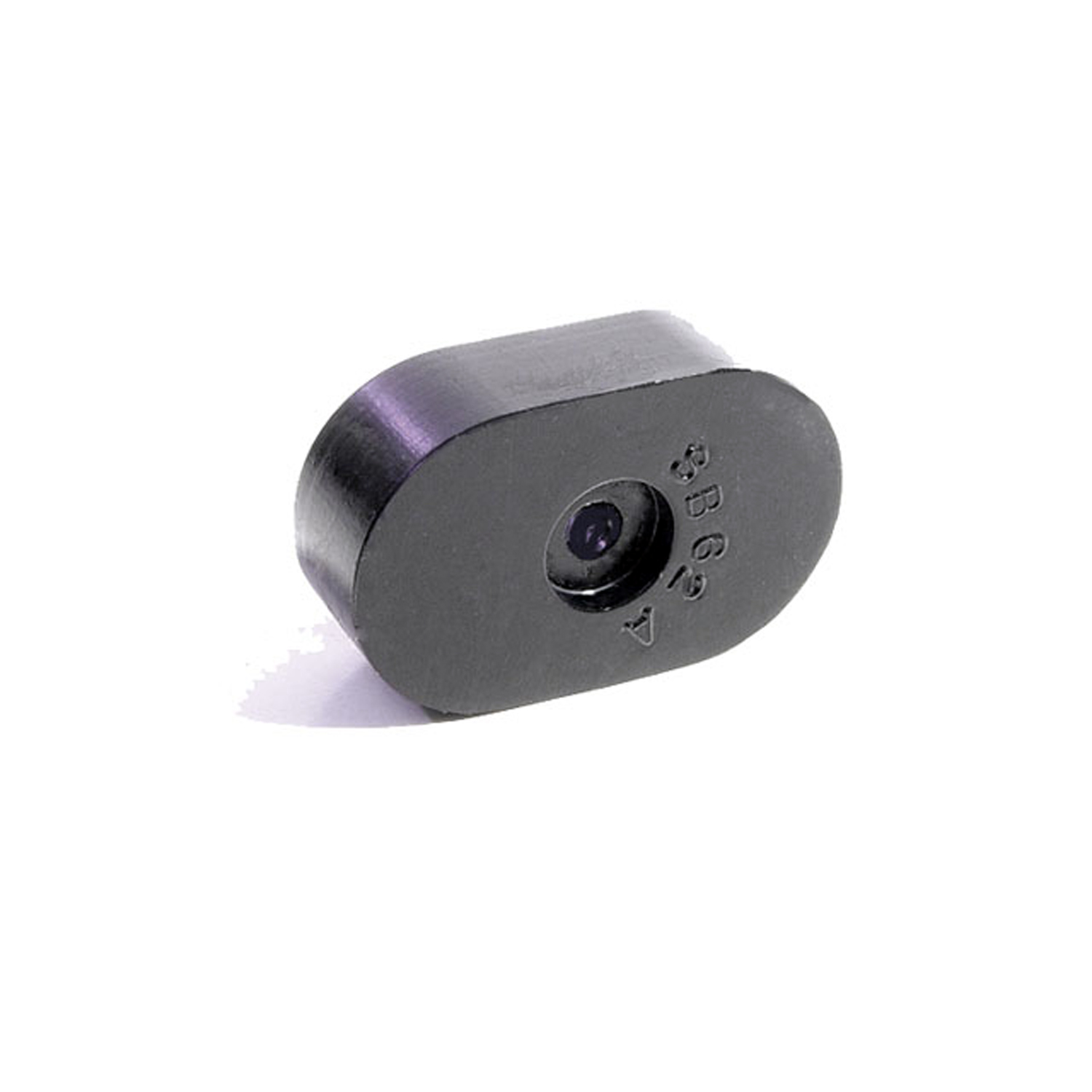 1969 Pontiac Grand Prix Seat Bumper. Made with steel core like original-SB 62-ASeat Bumper. Made with steel core like original. 1-1/2" long, 7/16" thick. Two used per car. Each
1969 Pontiac Grand Prix Seat Bumper. Made with steel core like original-SB 62-ASeat Bumper. Made with steel core like original. 1-1/2" long, 7/16" thick. Two used per car. Each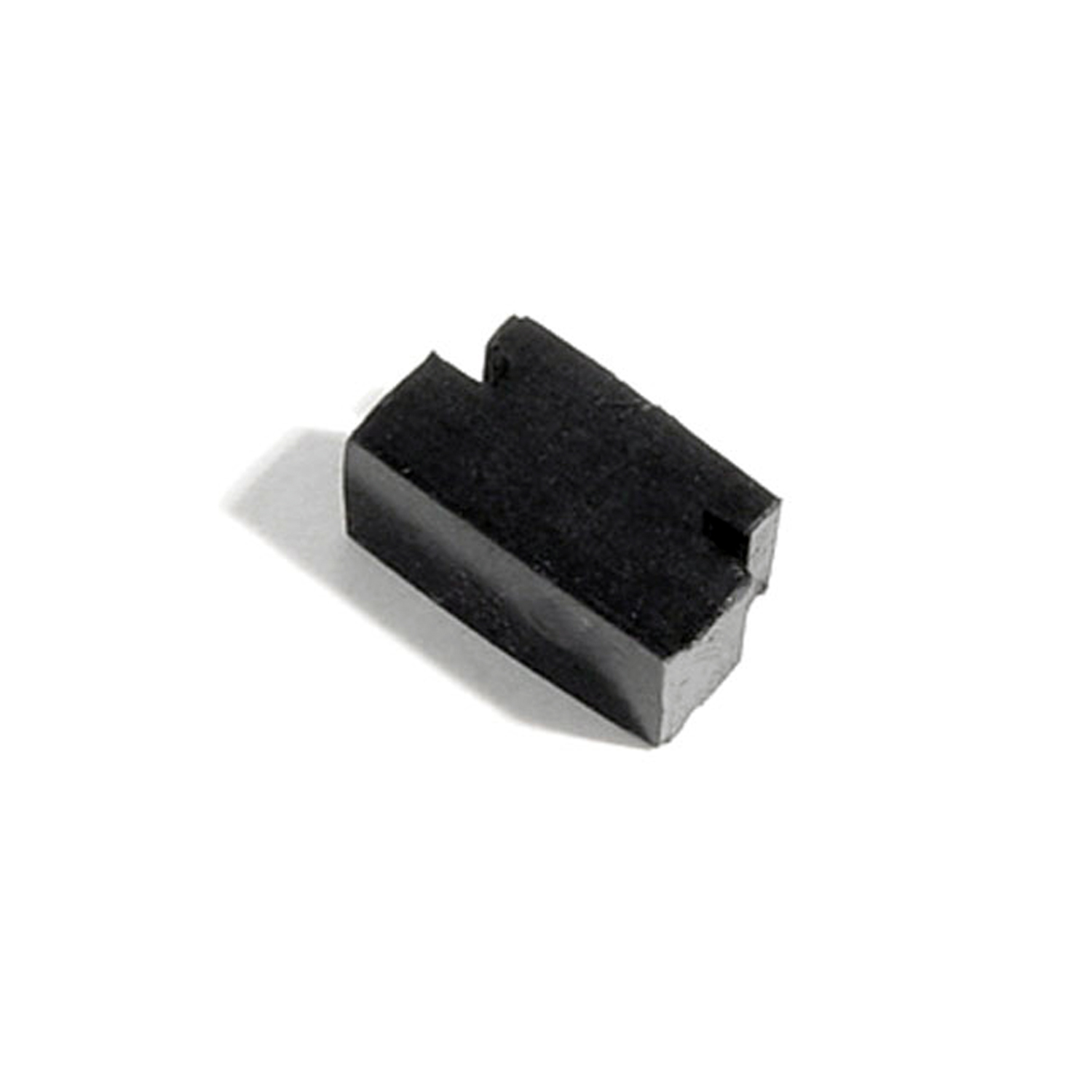 1969 Pontiac Grand Prix Ashtray Bumper. 5/16" wide X 1/2" long X 3/16" high-SB 76Ashtray Bumper. 5/16" wide X 1/2" long X 3/16" high. (Fits some models) Each
1969 Pontiac Grand Prix Ashtray Bumper. 5/16" wide X 1/2" long X 3/16" high-SB 76Ashtray Bumper. 5/16" wide X 1/2" long X 3/16" high. (Fits some models) Each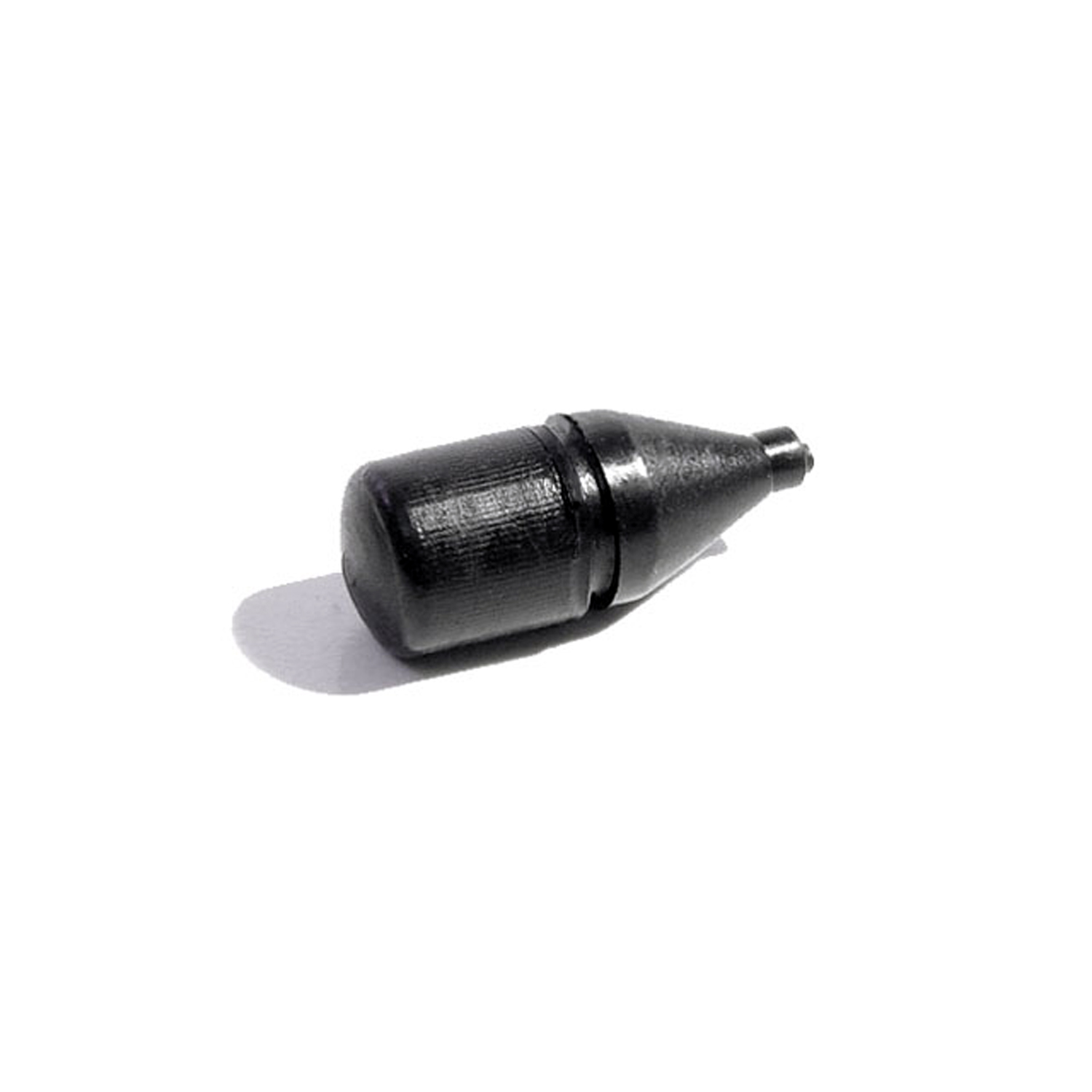 1969 Pontiac Grand Prix Fuel Door Bumper. 7/8" high, 5/16" O.D. Each-SB 81Fuel Door Bumper. 7/8" high, 5/16" O.D. Each
1969 Pontiac Grand Prix Fuel Door Bumper. 7/8" high, 5/16" O.D. Each-SB 81Fuel Door Bumper. 7/8" high, 5/16" O.D. Each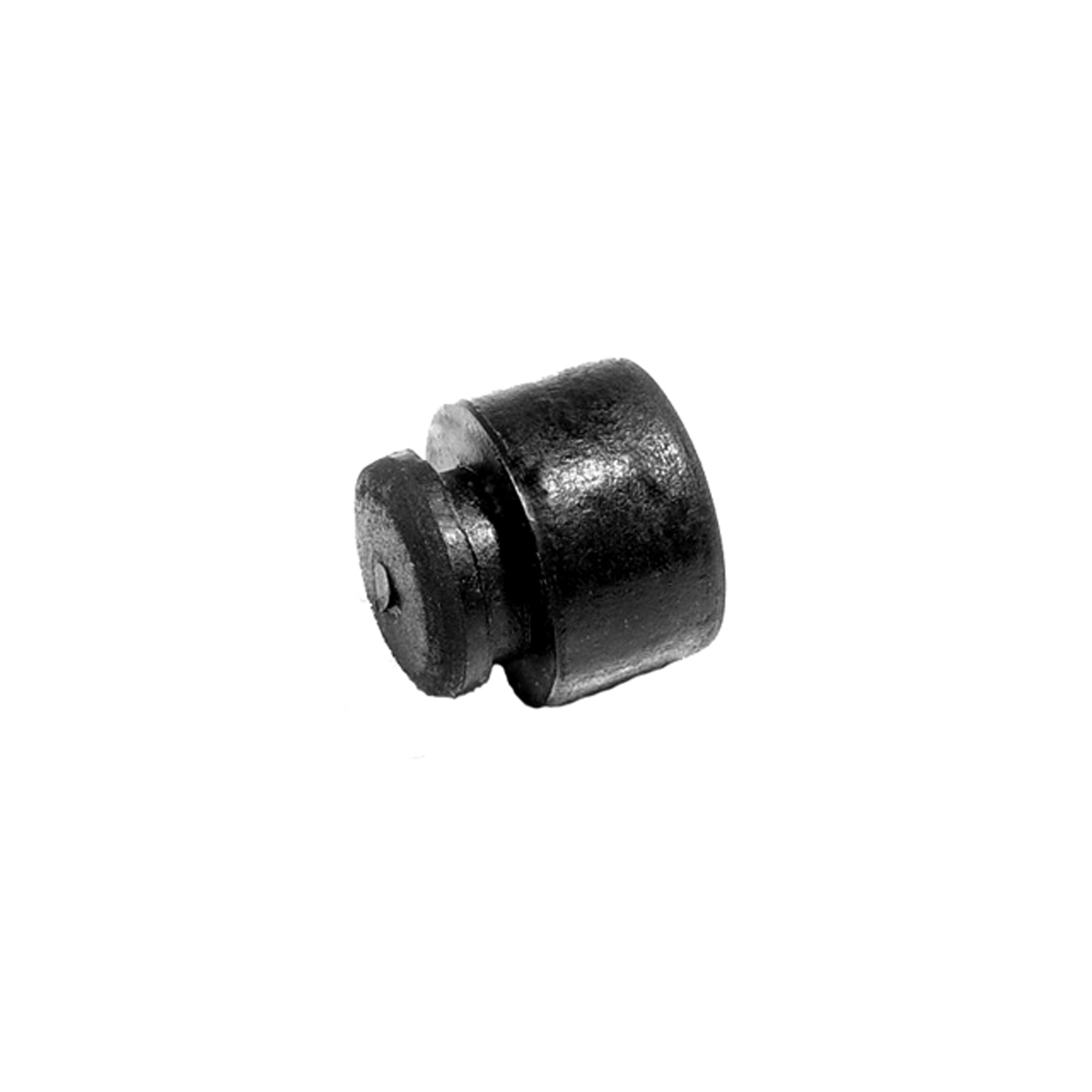 1969 Pontiac Grand Prix License Plate Bumper. Fits a 1/4" hole. Each-SB 82License Plate Bumper. Fits a 1/4" hole. Each
1969 Pontiac Grand Prix License Plate Bumper. Fits a 1/4" hole. Each-SB 82License Plate Bumper. Fits a 1/4" hole. Each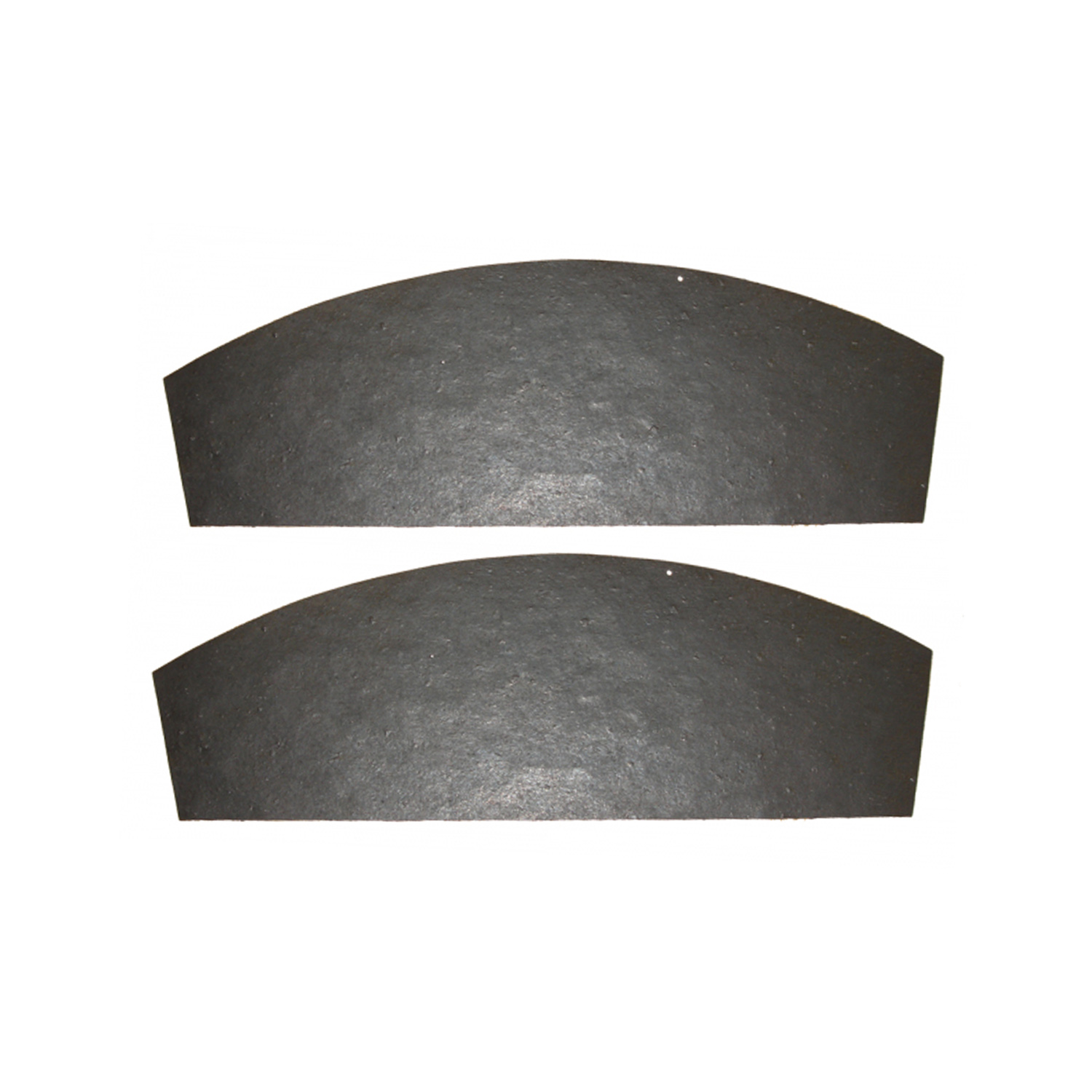 1969 Pontiac Grand Prix A-Arm Dust Shields, 65-70 Pontiac "B" Body Models, Pair-SI 2007-105A-Arm Dust Shields, 65-70 Pontiac "B" Body Models, Pair. R&L. Installation staples included.
1969 Pontiac Grand Prix A-Arm Dust Shields, 65-70 Pontiac "B" Body Models, Pair-SI 2007-105A-Arm Dust Shields, 65-70 Pontiac "B" Body Models, Pair. R&L. Installation staples included.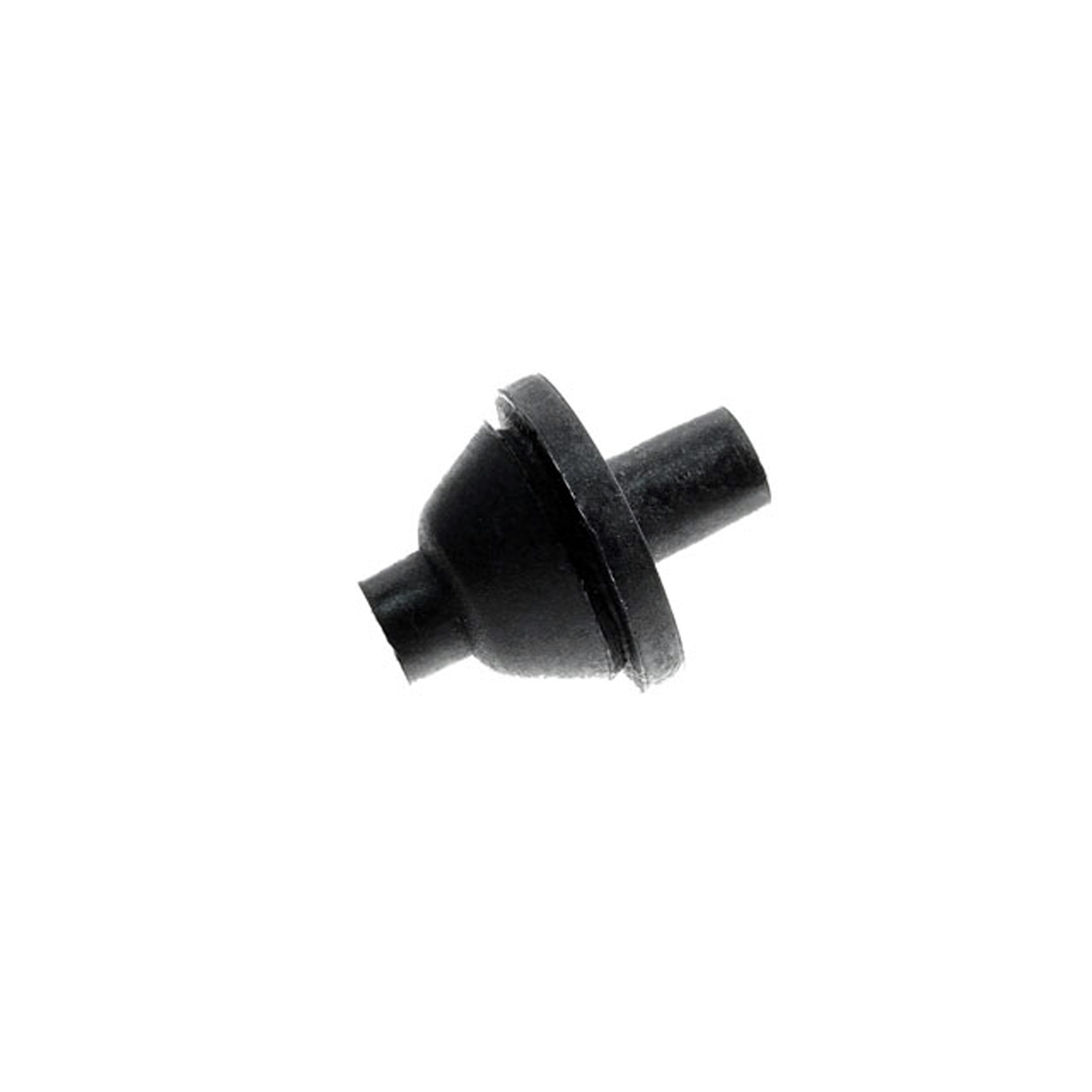 1969 Pontiac Grand Prix Dash and Firewall Grommet. Single-hole type is for one wire-SM 101Dash and Firewall Grommet. Single-hole type is for one wire. Each
1969 Pontiac Grand Prix Dash and Firewall Grommet. Single-hole type is for one wire-SM 101Dash and Firewall Grommet. Single-hole type is for one wire. Each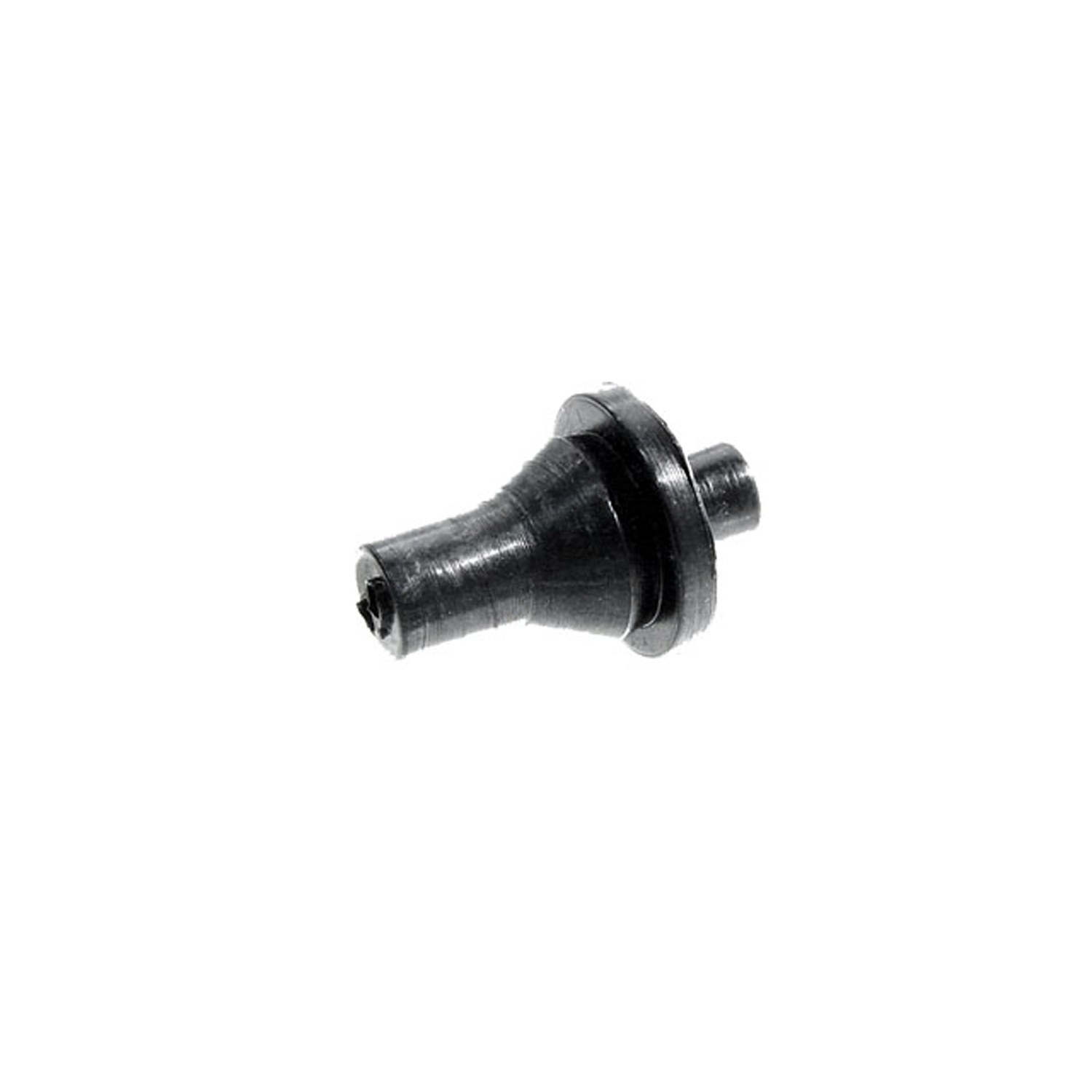 1969 Pontiac Grand Prix Dash and Firewall Grommet. Two hole type. Each-SM 101-ADash and Firewall Grommet. Two hole type. Each
1969 Pontiac Grand Prix Dash and Firewall Grommet. Two hole type. Each-SM 101-ADash and Firewall Grommet. Two hole type. Each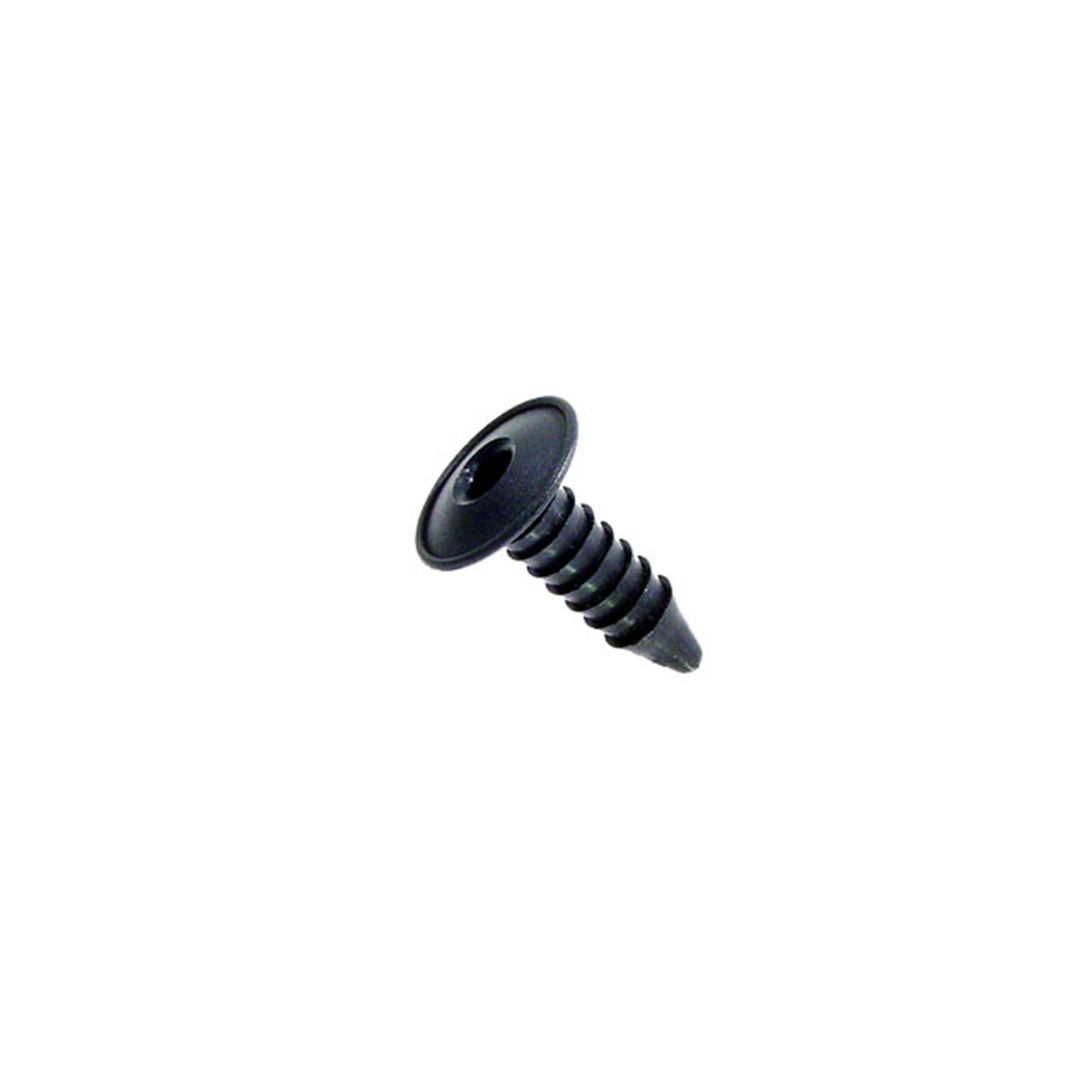 1969 Pontiac Grand Prix Firewall insulation fastener. 1 in. dia. W head. 1-1/2 in. L-SM 80-AFirewall insulation fastener. 1 in. dia. W head. 1-1/2 in. L. Replaces OEM#'s (GM) 7642589 and (AMC) 4001934. Black. Each.
1969 Pontiac Grand Prix Firewall insulation fastener. 1 in. dia. W head. 1-1/2 in. L-SM 80-AFirewall insulation fastener. 1 in. dia. W head. 1-1/2 in. L. Replaces OEM#'s (GM) 7642589 and (AMC) 4001934. Black. Each.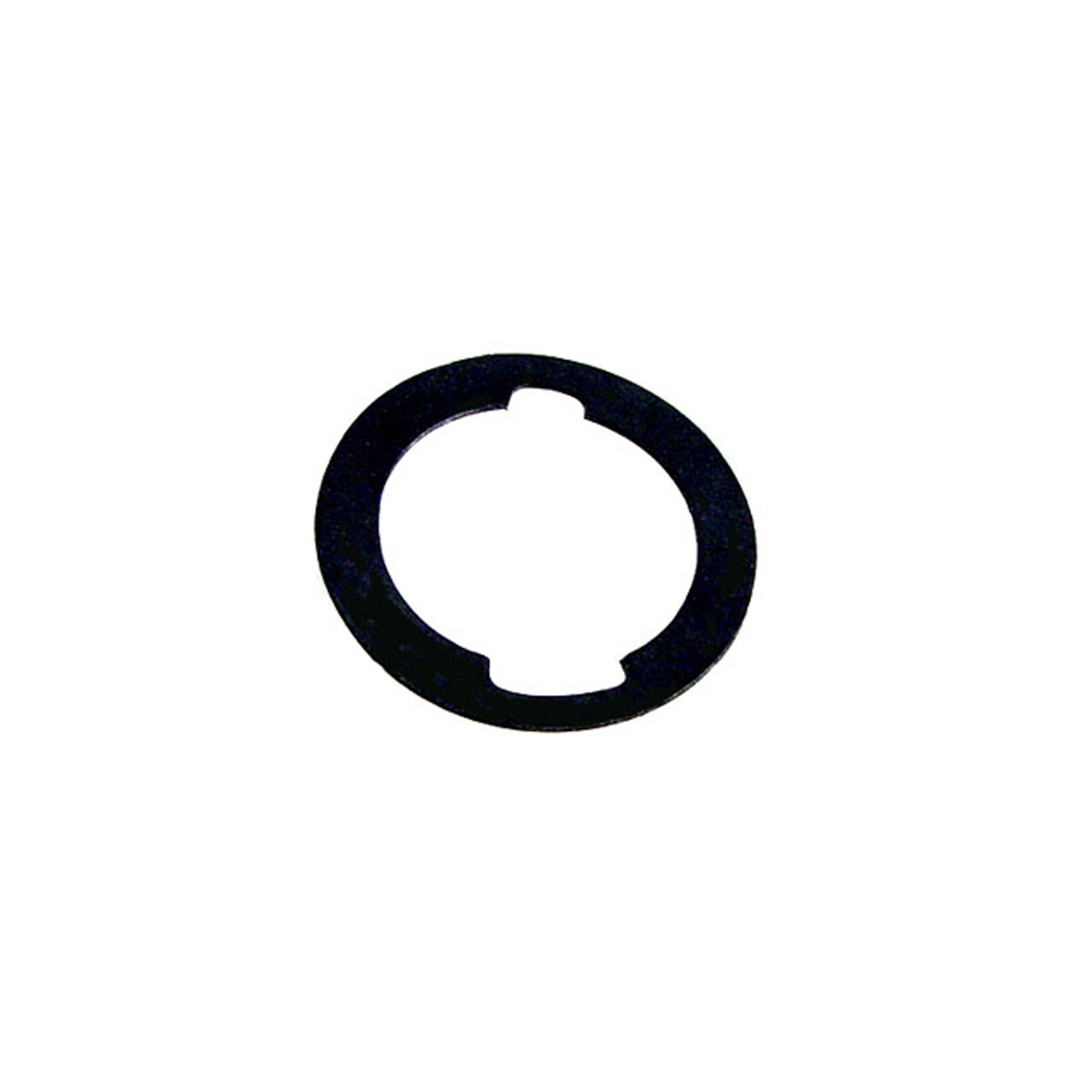 1969 Pontiac Grand Prix Unbeaded Door and Trunk Lock Gasket. 1-3/16" O.D., 7/8" I.D-UM 1600-100Unbeaded Door and Trunk Lock Gasket. 1-3/16" O.D., 7/8" I.D. Each
1969 Pontiac Grand Prix Unbeaded Door and Trunk Lock Gasket. 1-3/16" O.D., 7/8" I.D-UM 1600-100Unbeaded Door and Trunk Lock Gasket. 1-3/16" O.D., 7/8" I.D. Each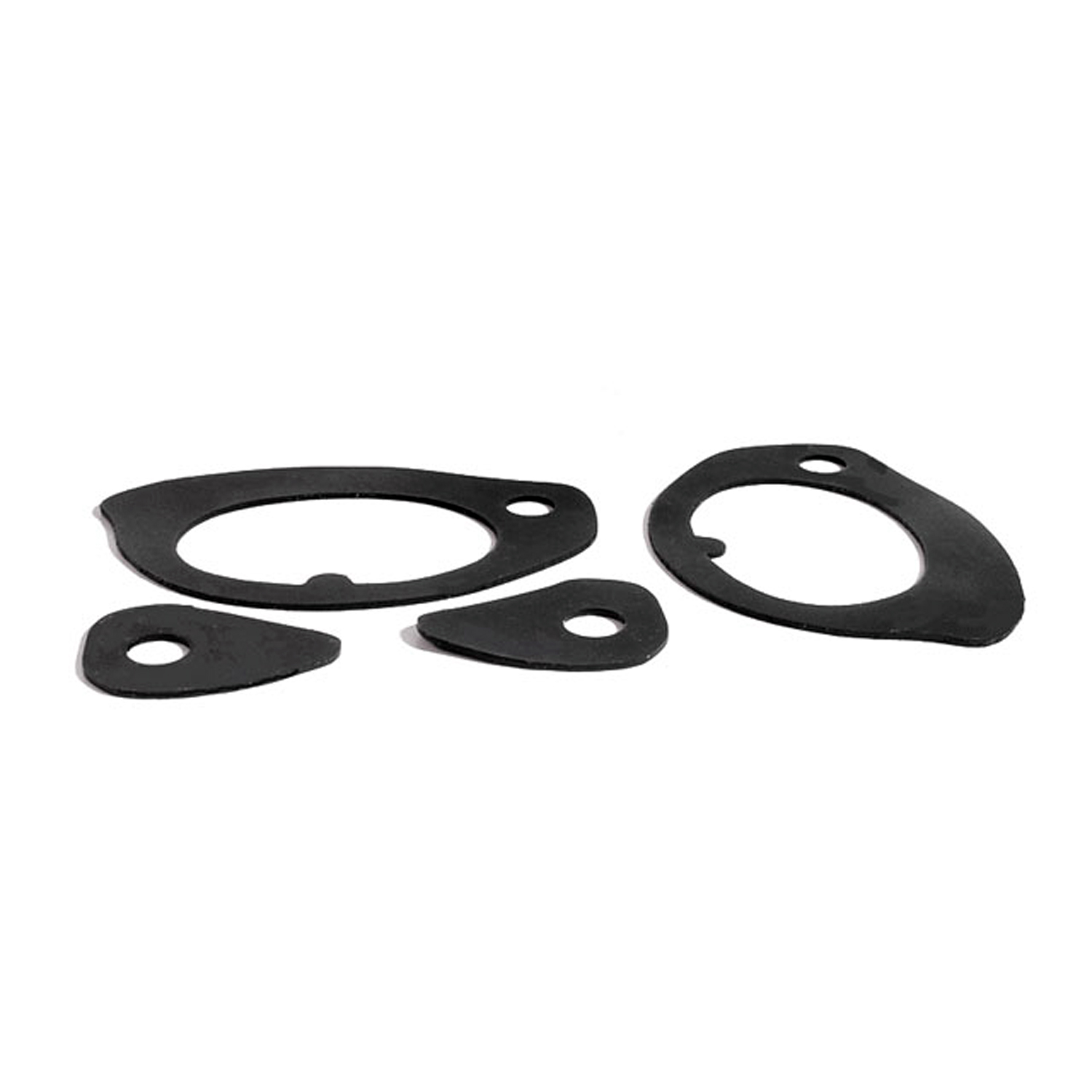 1969 Pontiac Grand Prix Unbeaded Door Handle Mounting Pads. 4-Piece Set-UM 2005-100Unbeaded Door Handle Mounting Pads. 4-Piece Set
1969 Pontiac Grand Prix Unbeaded Door Handle Mounting Pads. 4-Piece Set-UM 2005-100Unbeaded Door Handle Mounting Pads. 4-Piece Set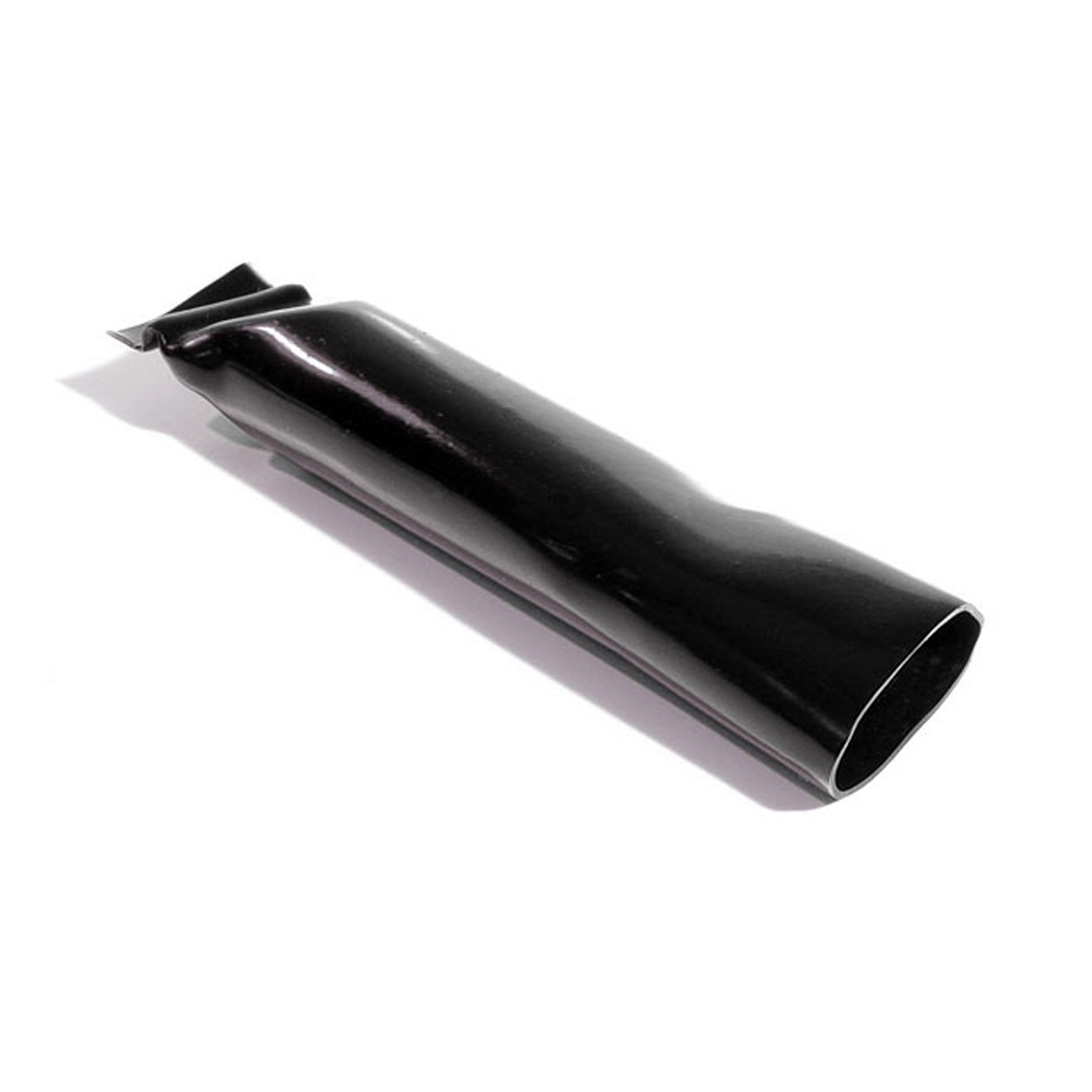 1969 Pontiac Grand Prix Air Conditioning Evaporation Drain Tube. 6-7/8" long-VH 102-GAir Conditioning Evaporation Drain Tube. 6-7/8" long. Each
1969 Pontiac Grand Prix Air Conditioning Evaporation Drain Tube. 6-7/8" long-VH 102-GAir Conditioning Evaporation Drain Tube. 6-7/8" long. Each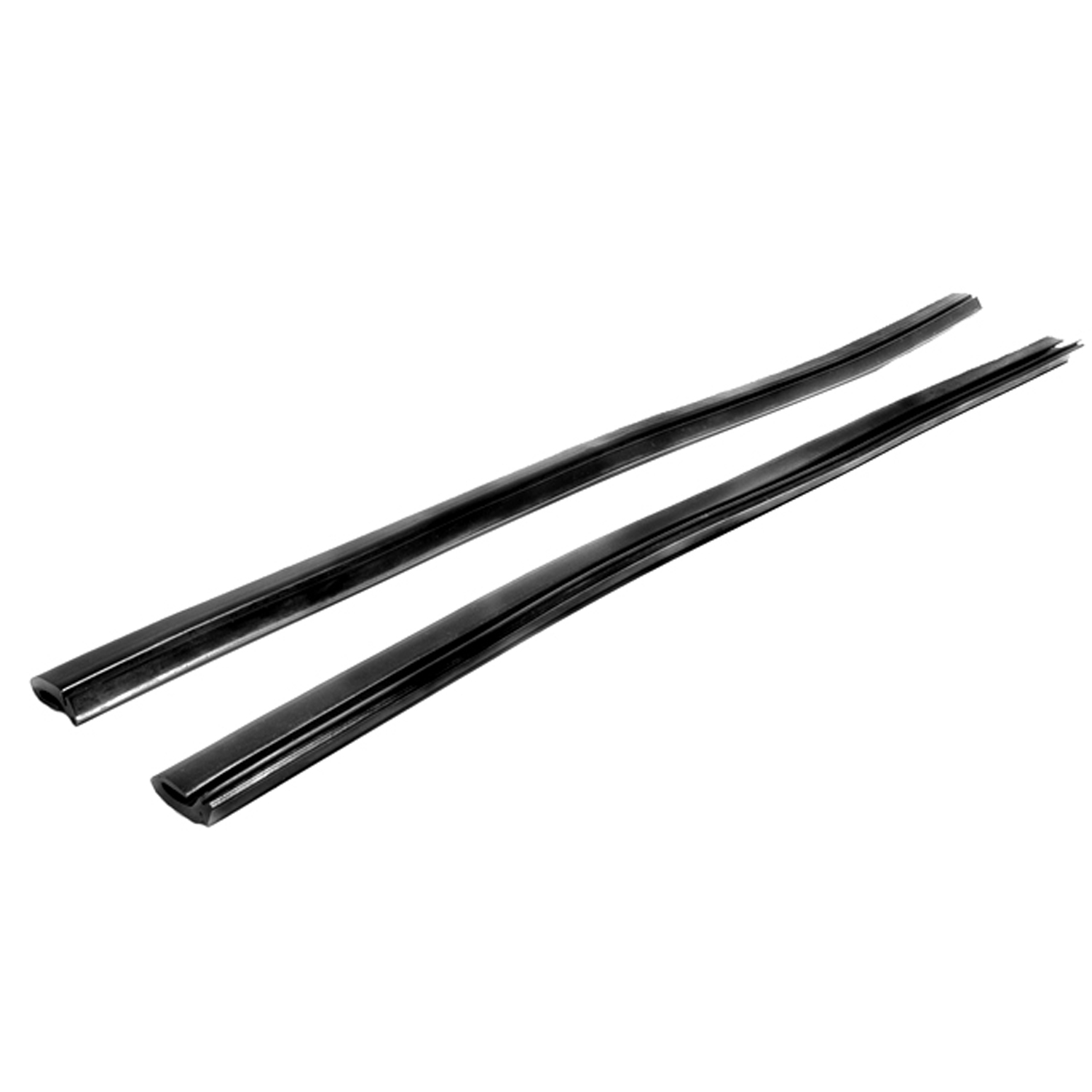 1969 Pontiac Grand Prix Rear Side Roll-Up Window Seal, for Hardtops and Convertibles-VS 3Rear Side Roll-Up Window Seal, for Hardtops and Convertibles. Two 20" sections slide into metal track. No steel insert. Pair
1969 Pontiac Grand Prix Rear Side Roll-Up Window Seal, for Hardtops and Convertibles-VS 3Rear Side Roll-Up Window Seal, for Hardtops and Convertibles. Two 20" sections slide into metal track. No steel insert. Pair 1969 Pontiac Grand Prix Rear Roll-Up Quarter Window Seals-VS 3-MRear Roll-Up Quarter Window Seals, for 2-Door Hardtops and Convertibles. Made with a steel core stiffener. 16-1/2" long. Pair
1969 Pontiac Grand Prix Rear Roll-Up Quarter Window Seals-VS 3-MRear Roll-Up Quarter Window Seals, for 2-Door Hardtops and Convertibles. Made with a steel core stiffener. 16-1/2" long. Pair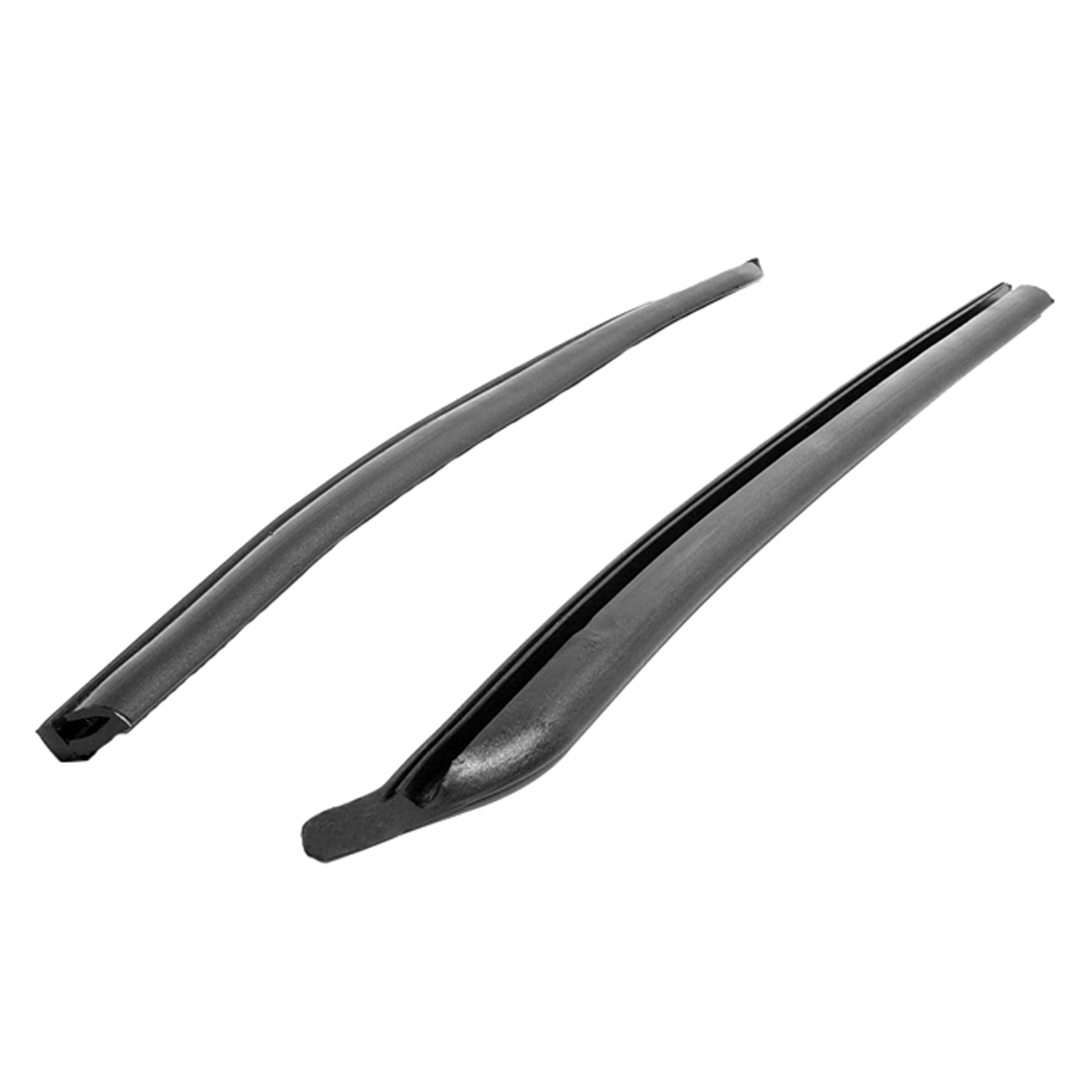 1969 Pontiac Grand Prix Rear Roll-Up Quarter Window Seals-VS 3-MXRear Roll-Up Quarter Window Seals, for 2-Door Hardtops and Convertibles. Made without steel core. 16-1/2" long. Pair
1969 Pontiac Grand Prix Rear Roll-Up Quarter Window Seals-VS 3-MXRear Roll-Up Quarter Window Seals, for 2-Door Hardtops and Convertibles. Made without steel core. 16-1/2" long. Pair 1969 Pontiac Grand Prix Quarter Window Reveal Molding Clip. Made of Steel-WF 205Quarter Window Reveal Molding Clip. Made of Steel. 1-3/8" X 11/16". Each
1969 Pontiac Grand Prix Quarter Window Reveal Molding Clip. Made of Steel-WF 205Quarter Window Reveal Molding Clip. Made of Steel. 1-3/8" X 11/16". Each 1969 Pontiac Grand Prix Rear Windshield Reveal Molding Clip. Made of steel-WF 211Rear Windshield Reveal Molding Clip. Made of steel. 15/16" X 3/4". Each
1969 Pontiac Grand Prix Rear Windshield Reveal Molding Clip. Made of steel-WF 211Rear Windshield Reveal Molding Clip. Made of steel. 15/16" X 3/4". EachWhy Choose Metro?
For over 100 years, Metro Moulded Parts has been the pinnacle of quality in classic car restoration parts. Our commitment to precision and authenticity in every component ensures a perfect fit and an OEM-level appearance.
- Expert Craftsmanship & Quality: Each part is a testament to our dedication to reliability and perfection, crafted from original designs and thoroughly tested.
- Advanced Technology: We use cutting-edge techniques to create flawless, long-lasting parts that surpass others in performance.
- SuperSoft Sponge – The Ultimate Door Seal: Not only are our door seals 30% softer than competitors', but they're also guaranteed to never leak. They effectively reduce wind and road noise, enhancing your classic car's comfort and driving experience.
- Proudly American: Our parts are a product of American craftsmanship, made in the USA with a spirit of excellence and heritage.
- Unrivaled Warranty: We back our products with a 30-year industry-leading warranty, a testament to our confidence in their quality.
Join us in preserving the legacy of classic cars with parts that are crafted for perfection, not just made.

